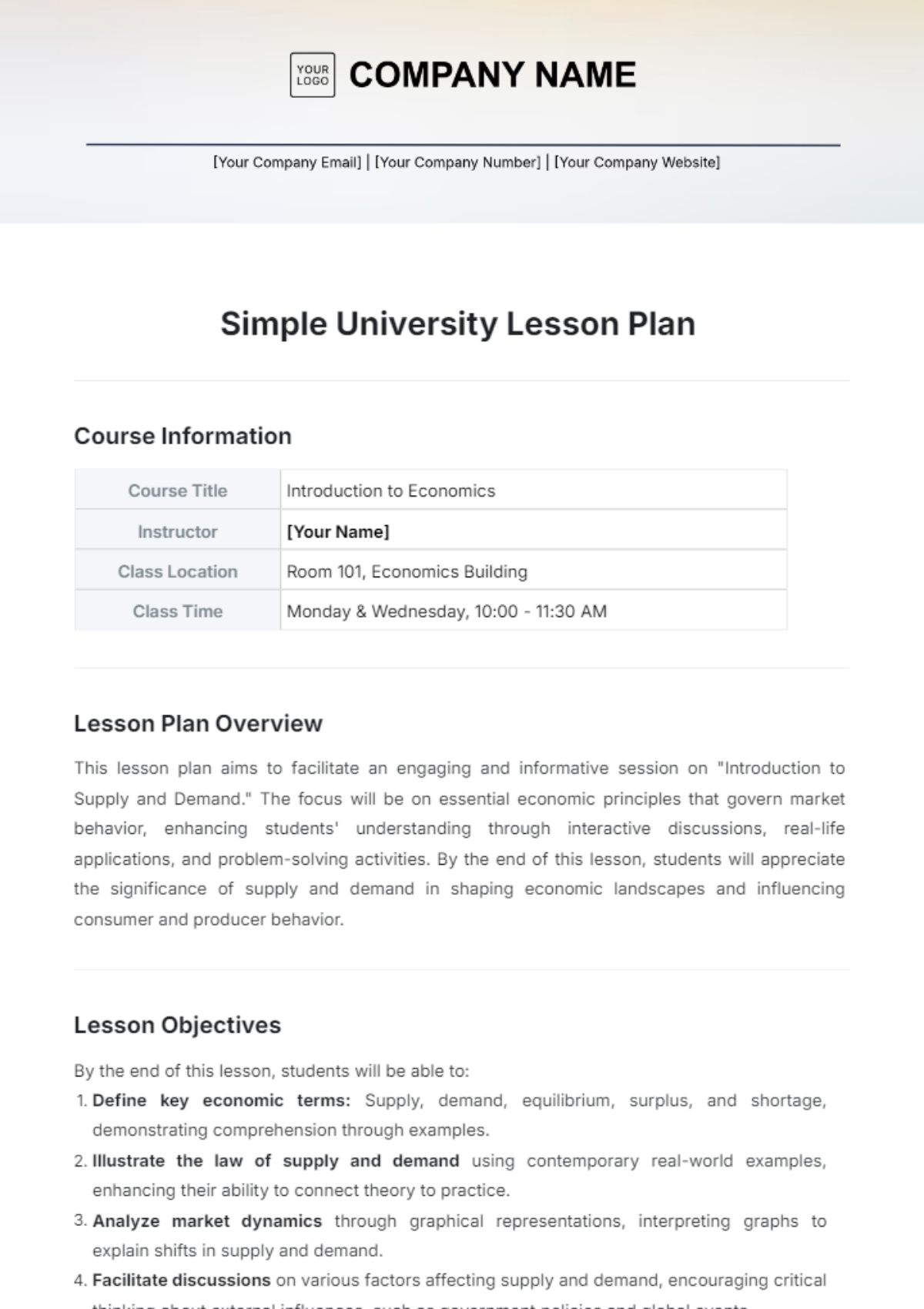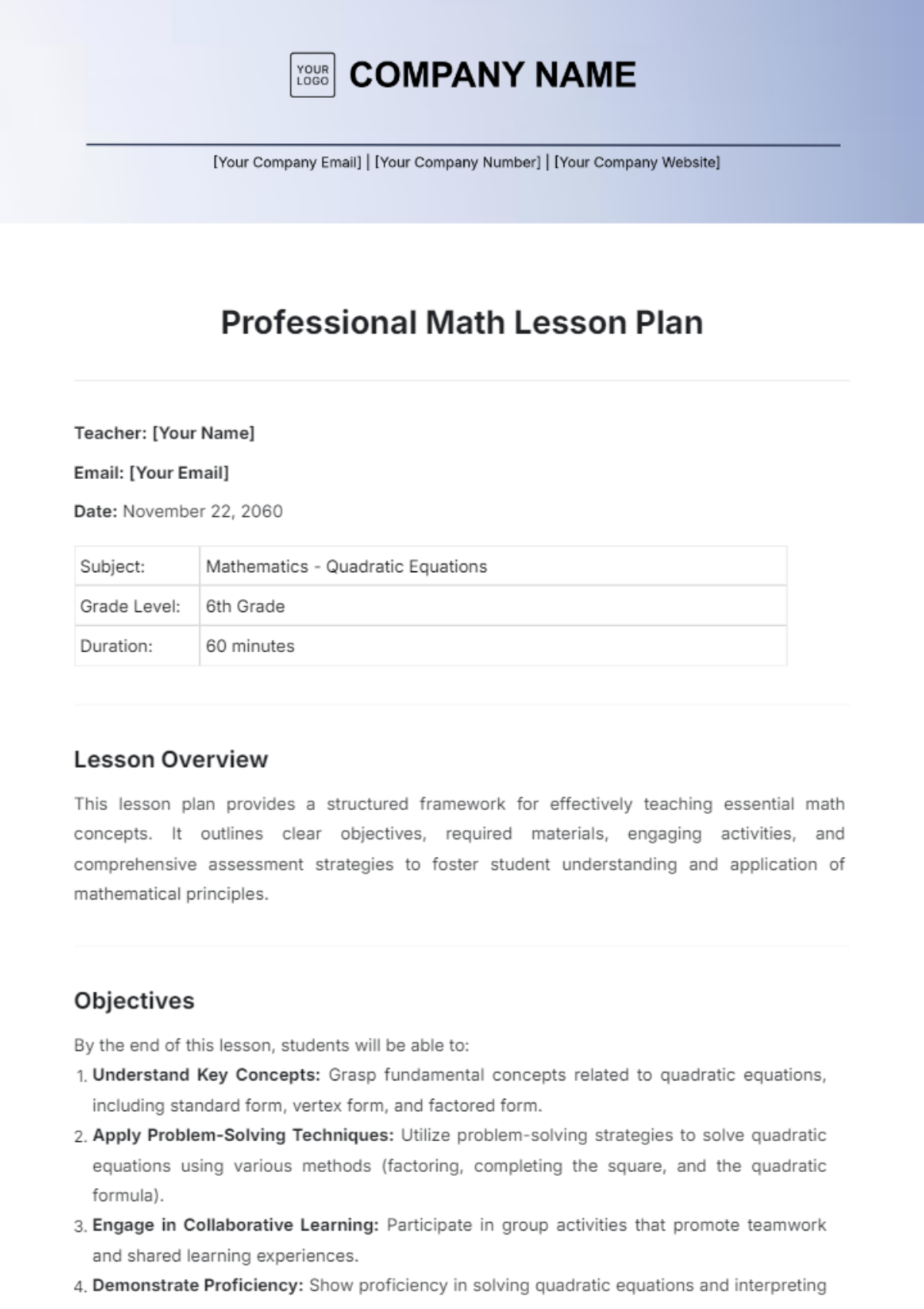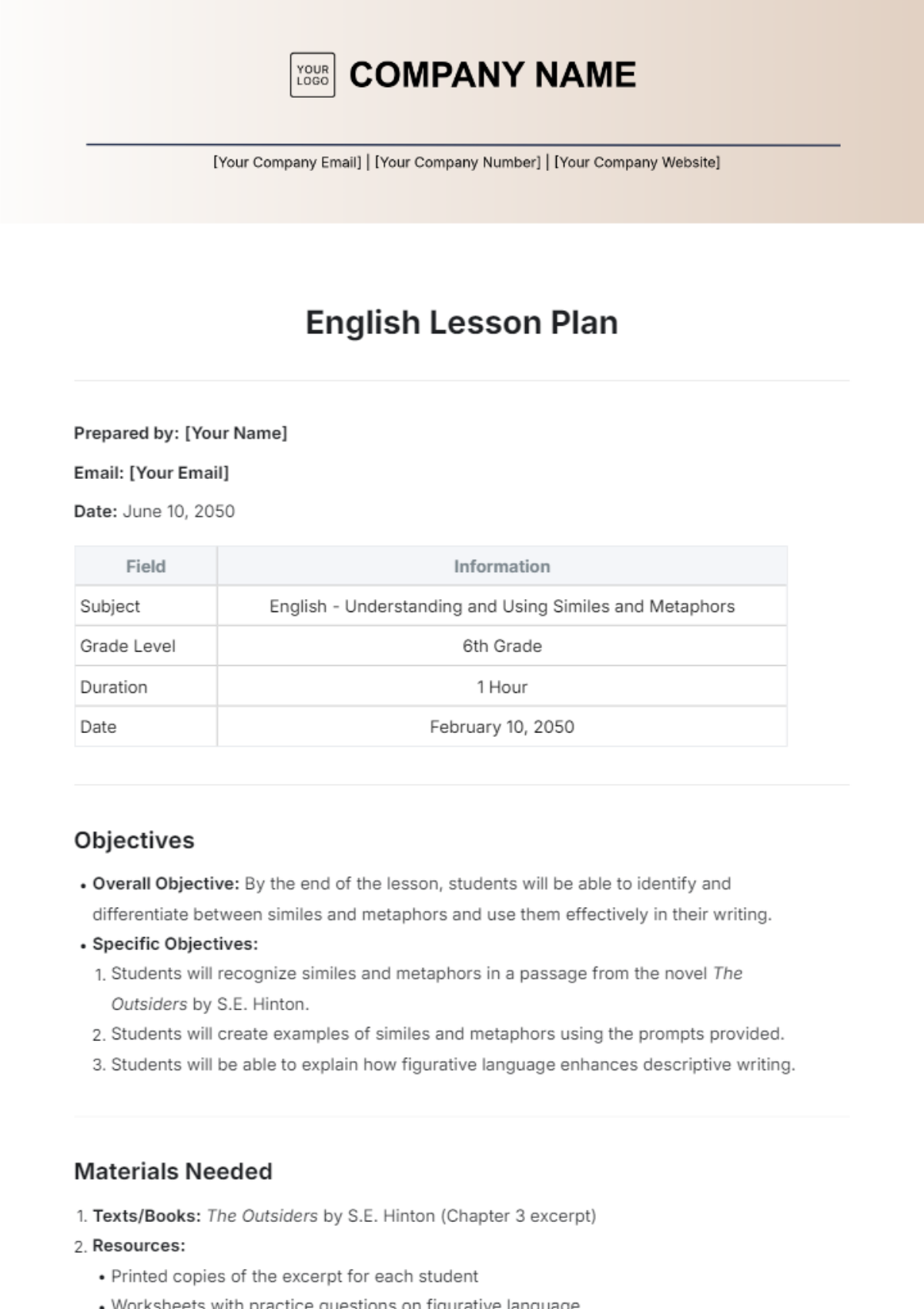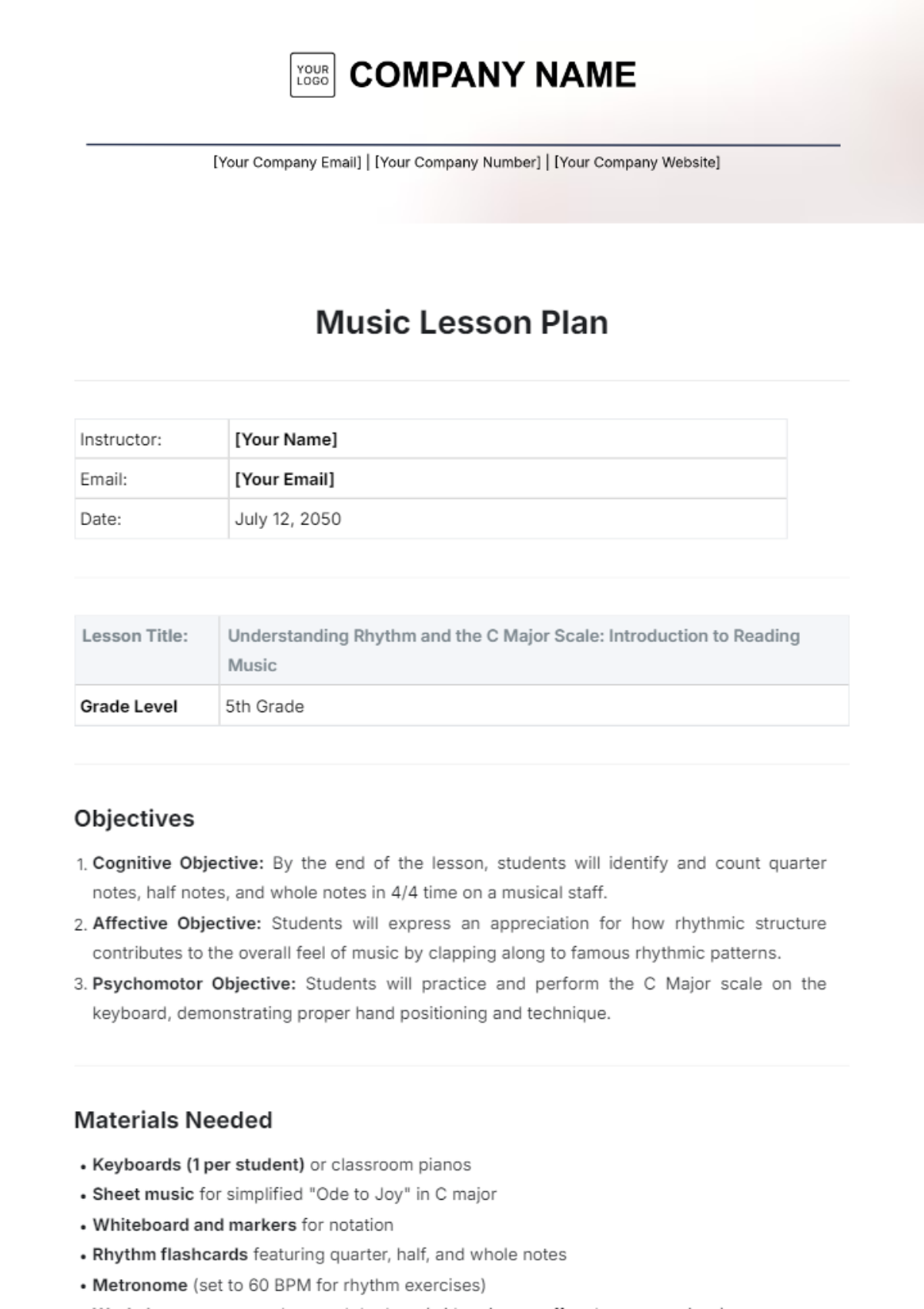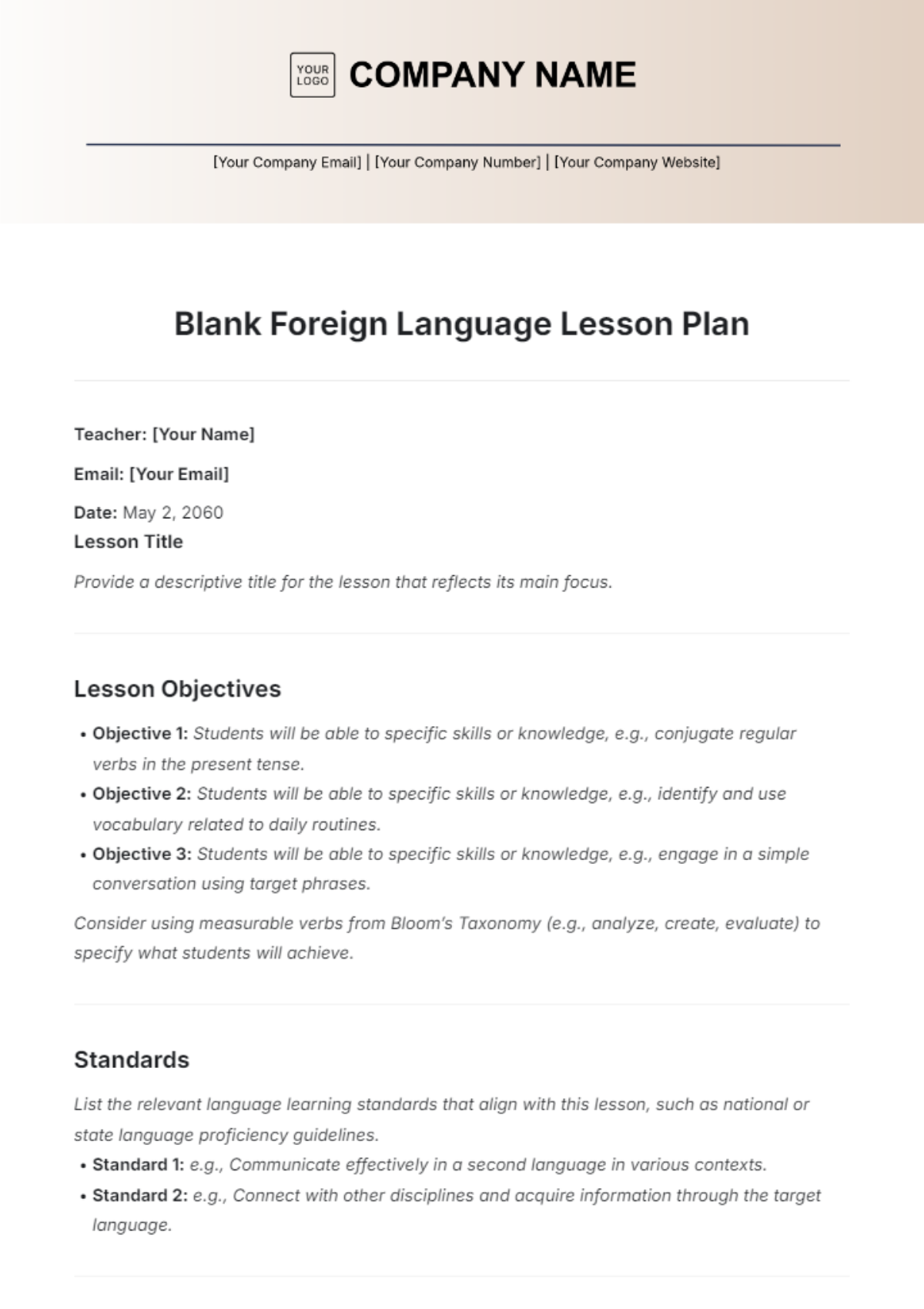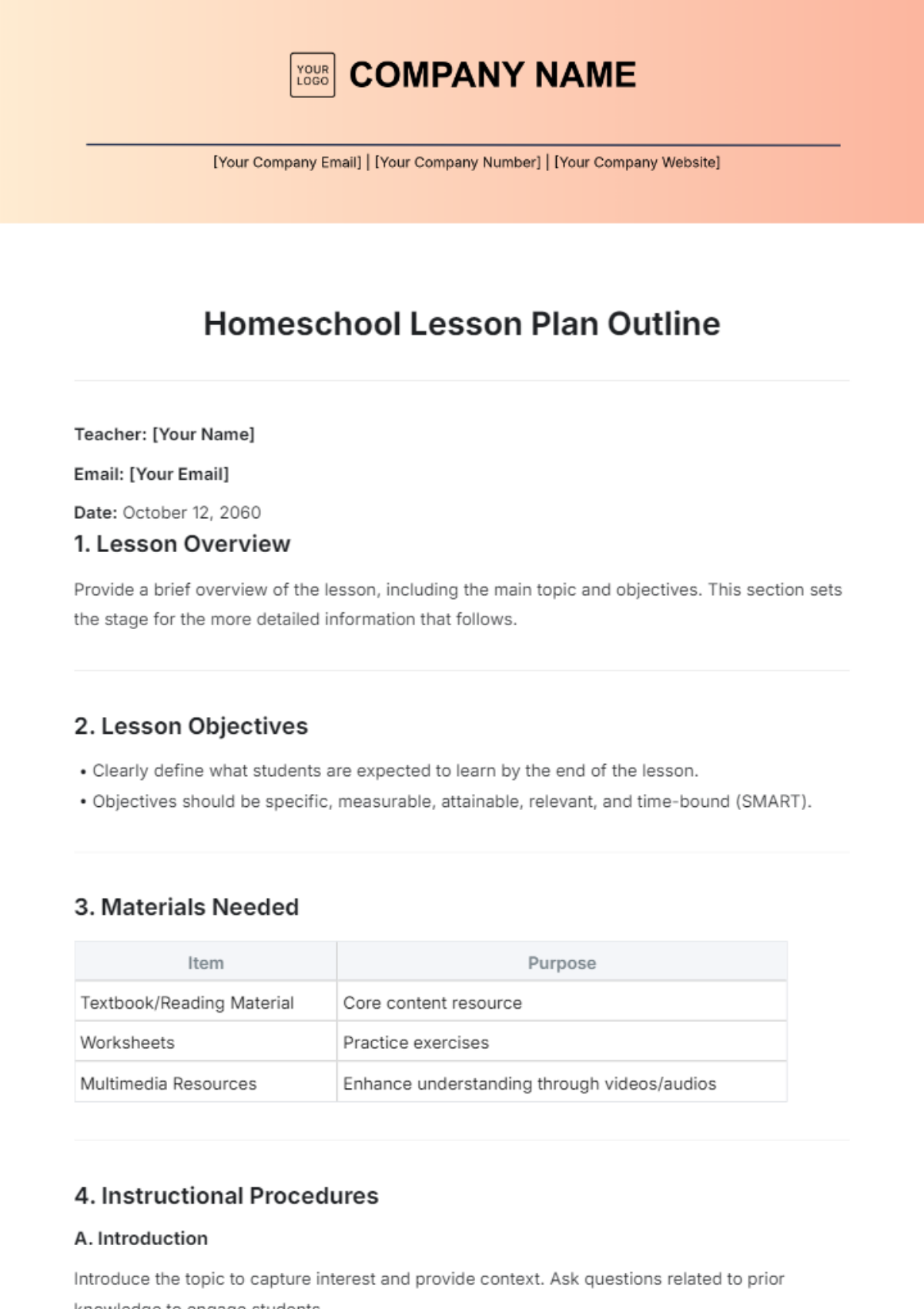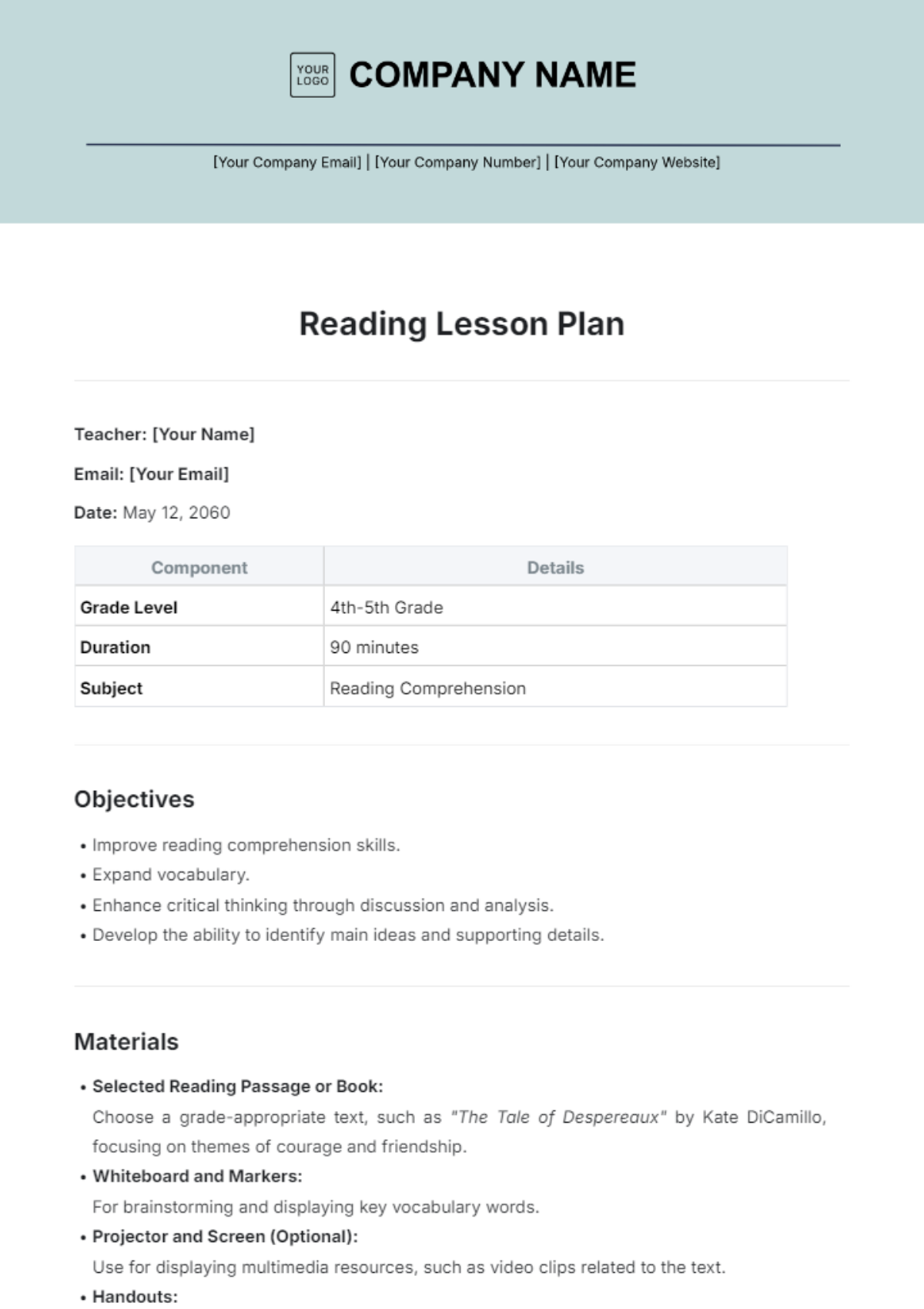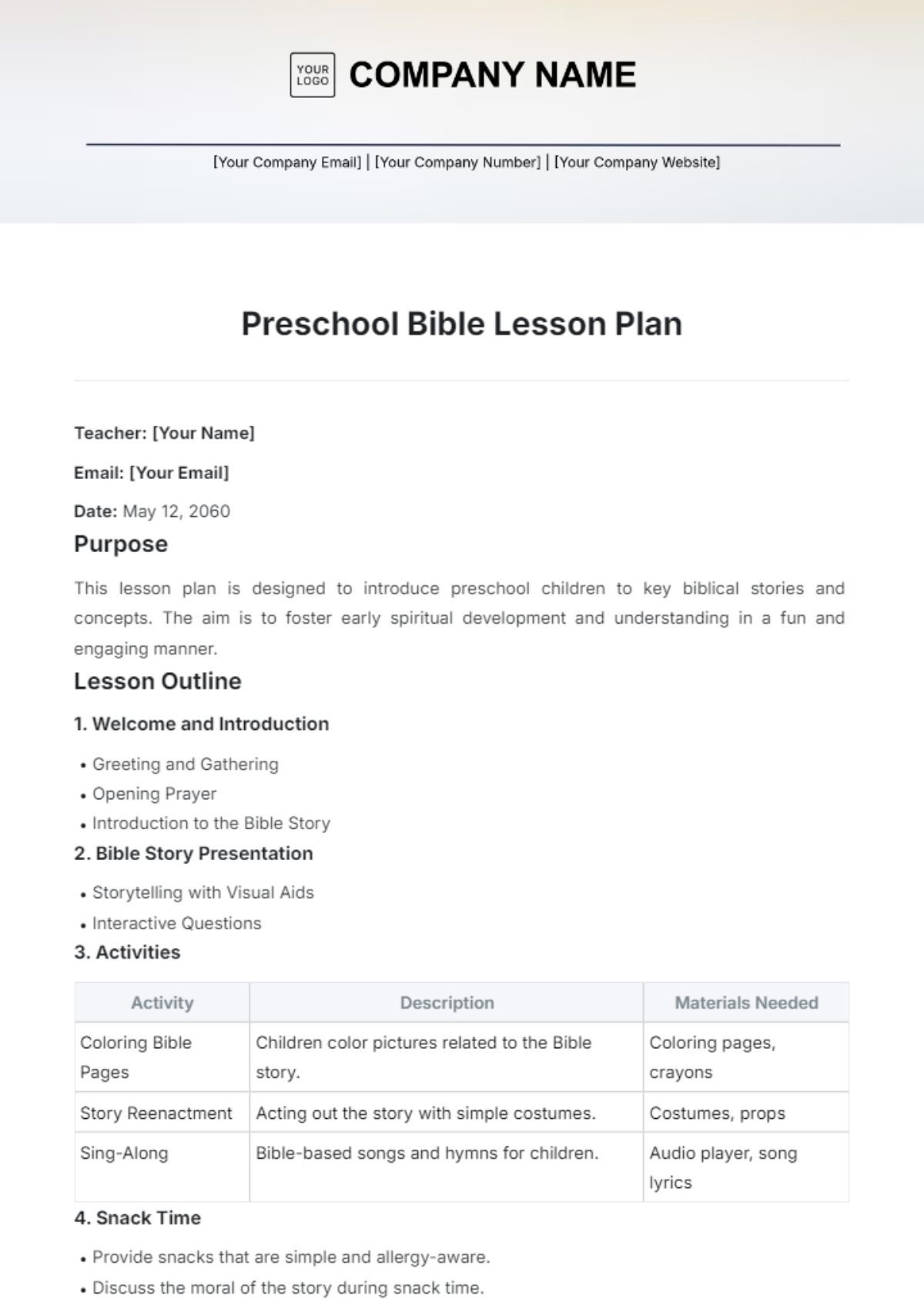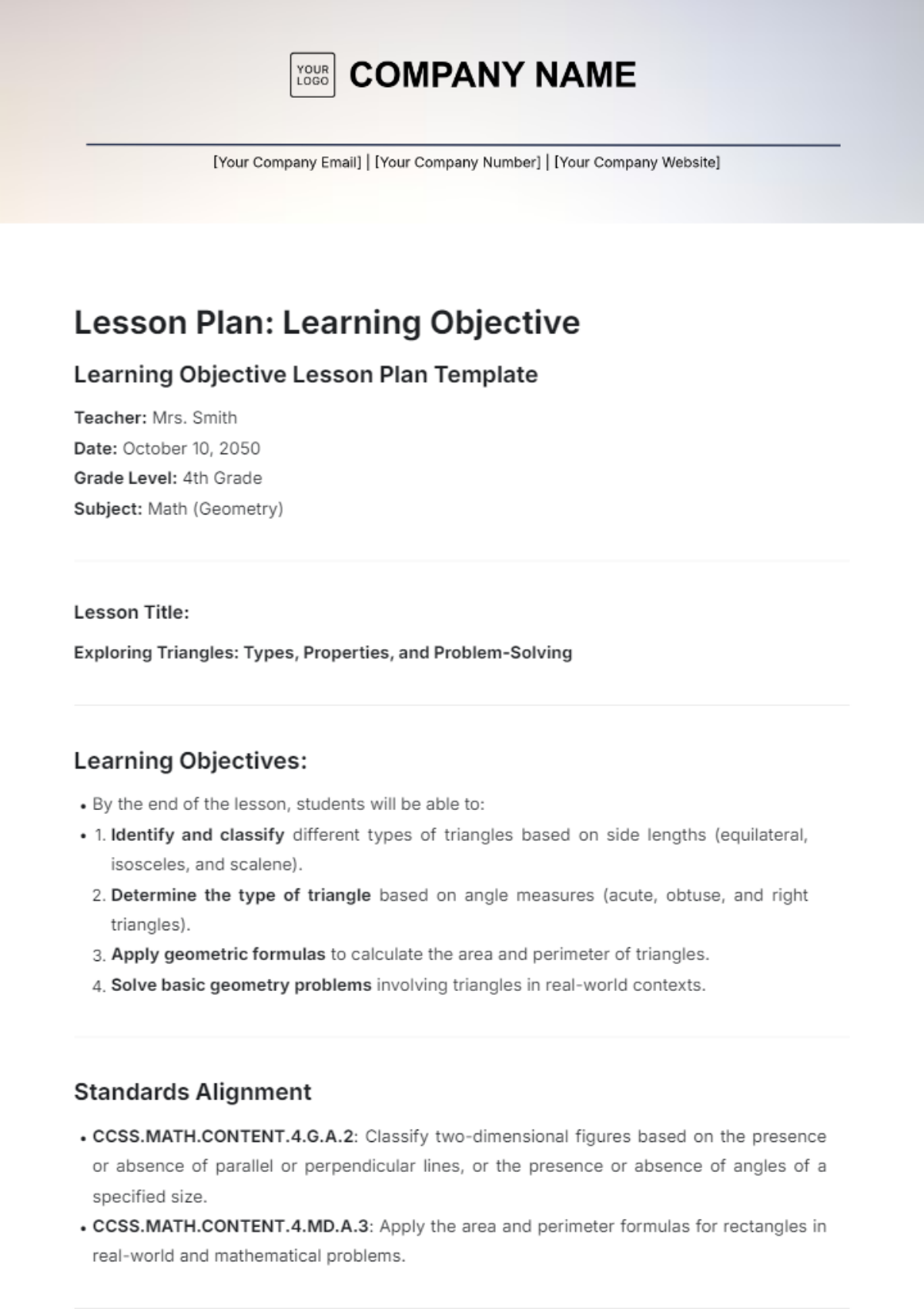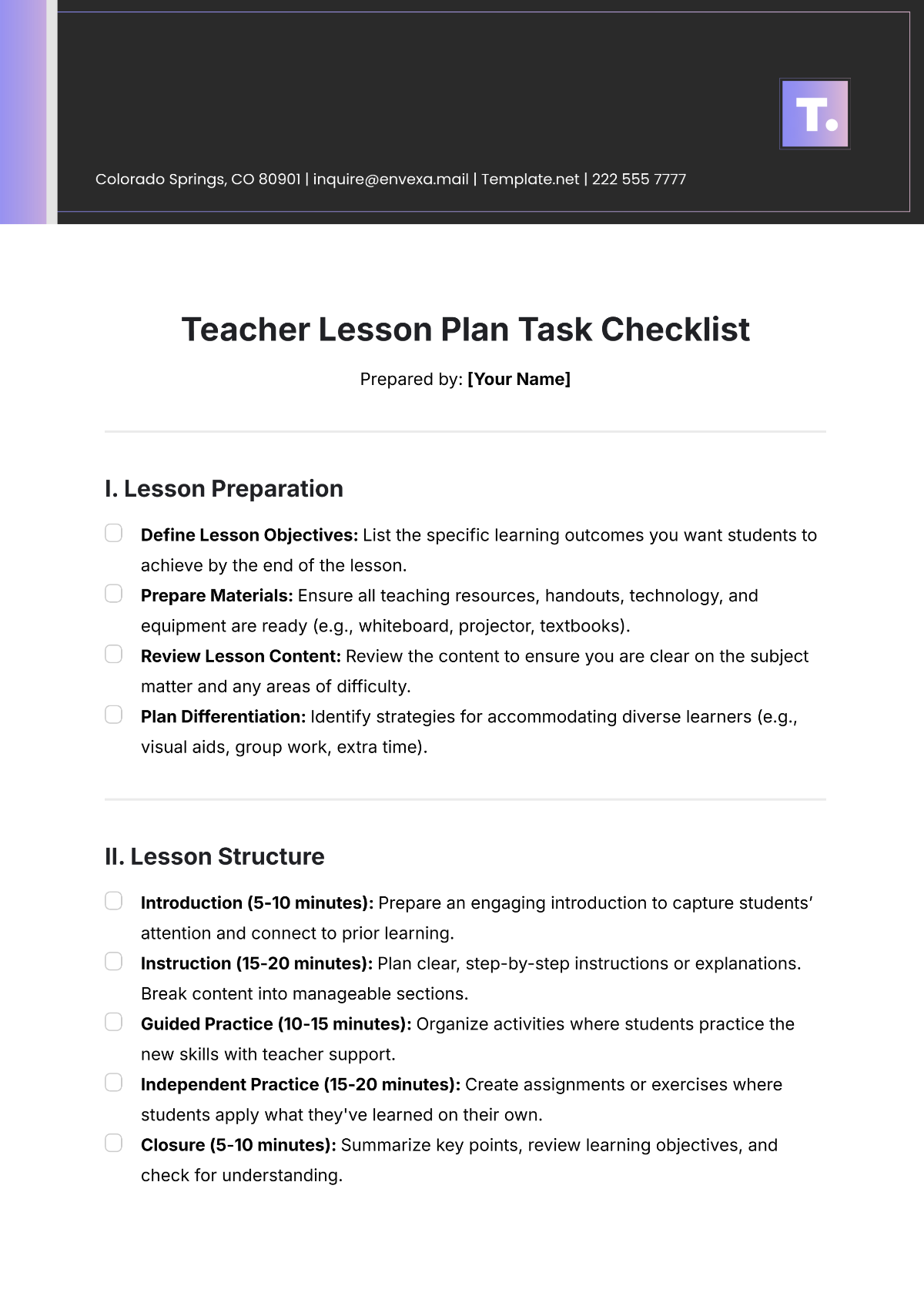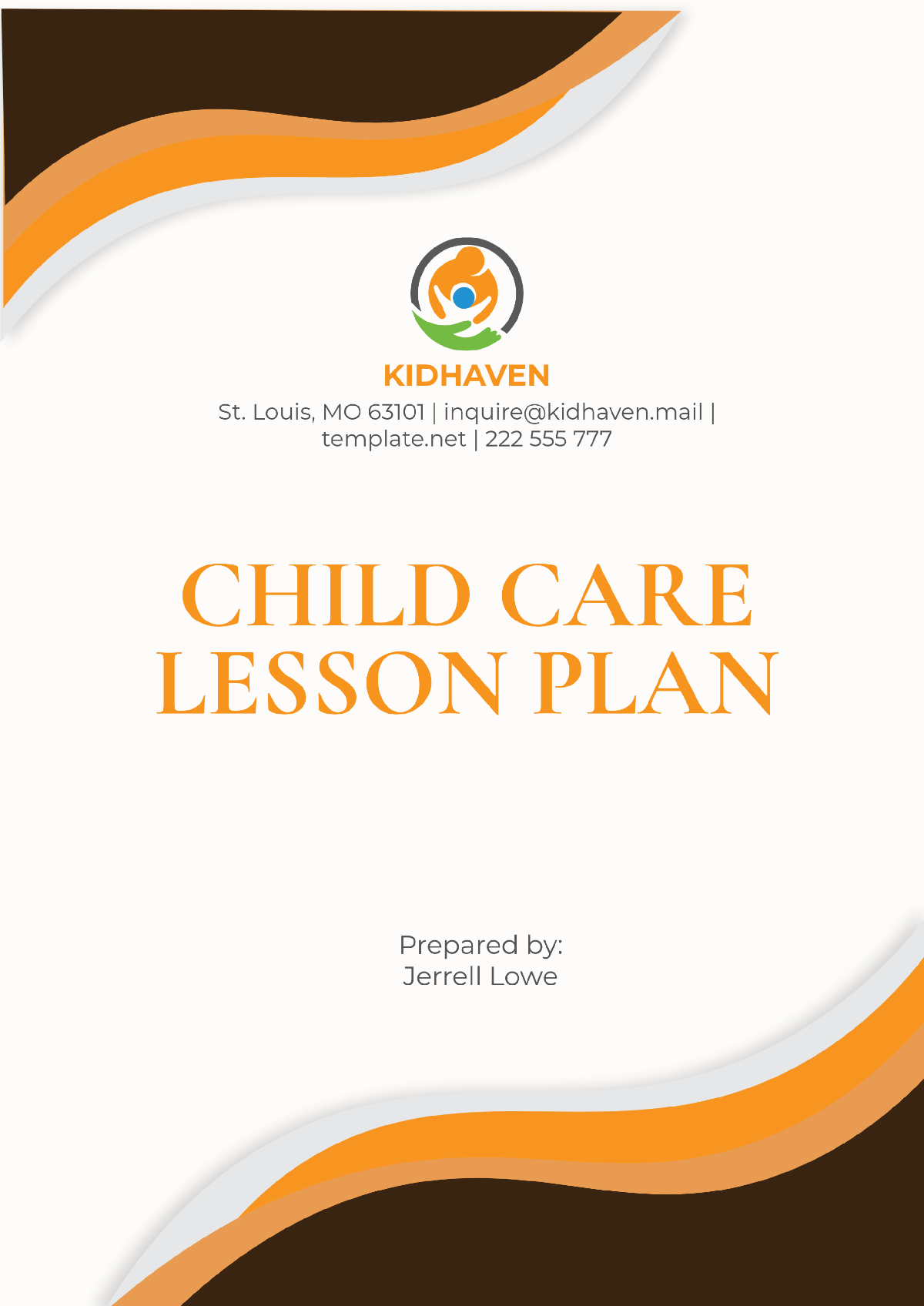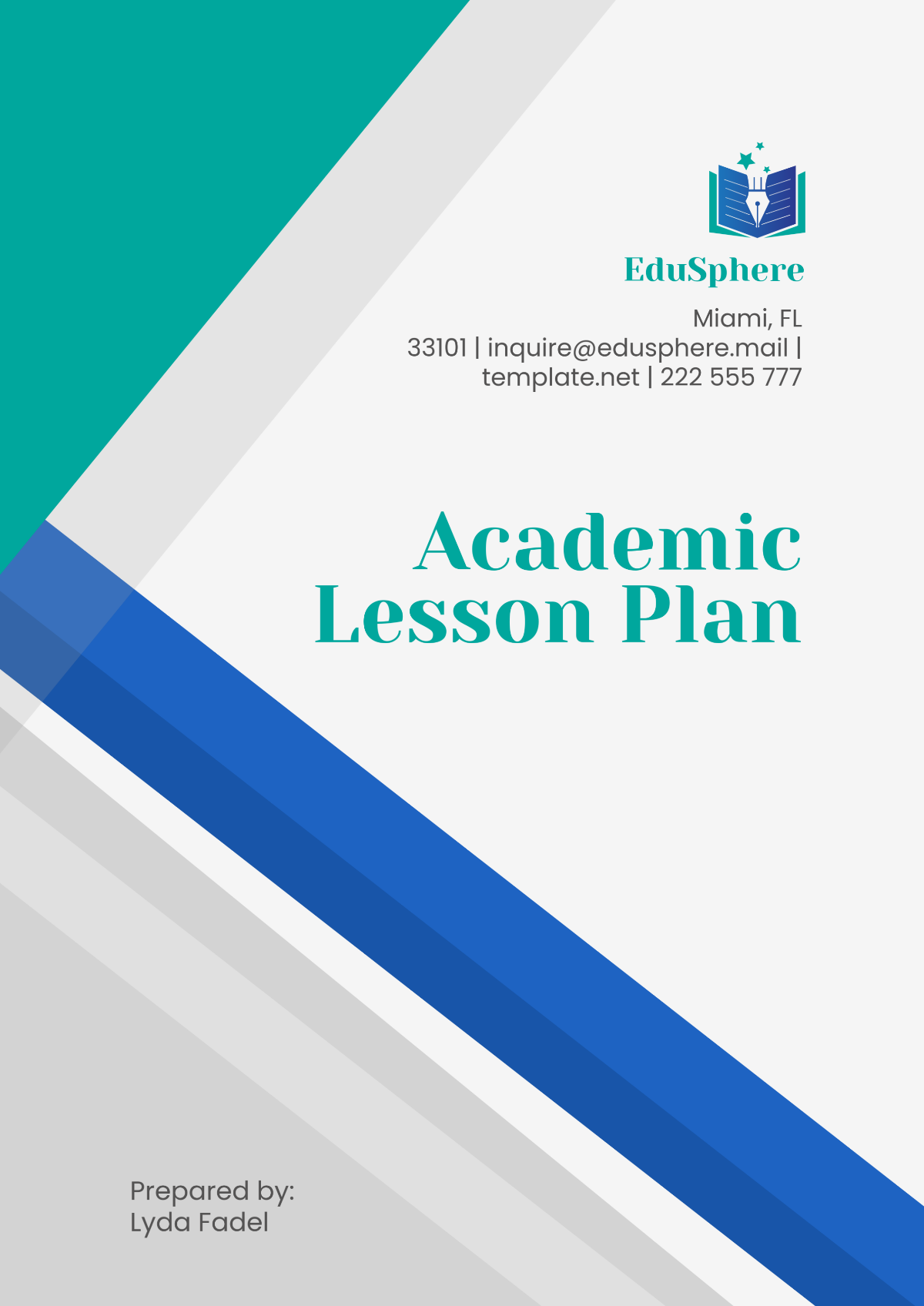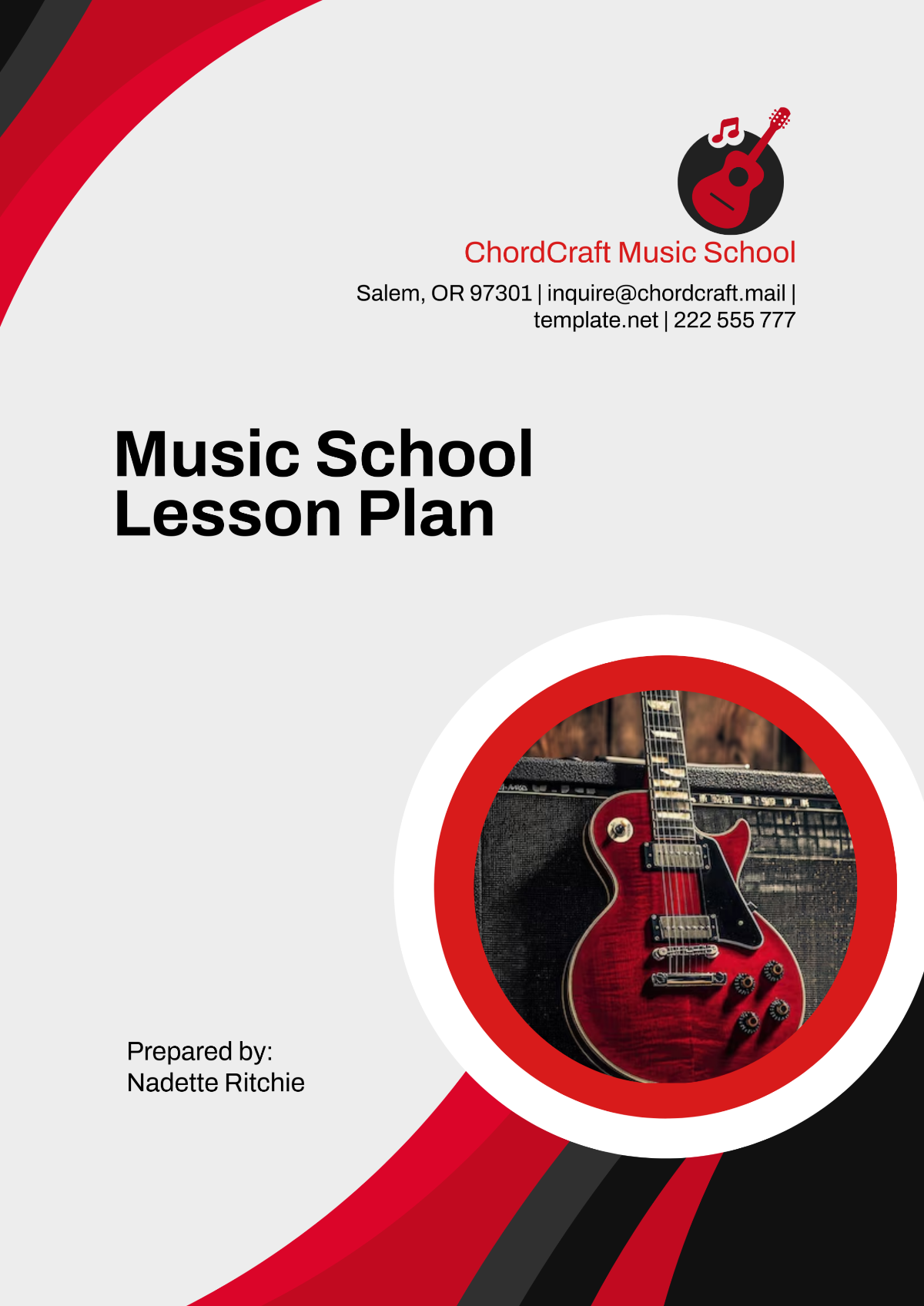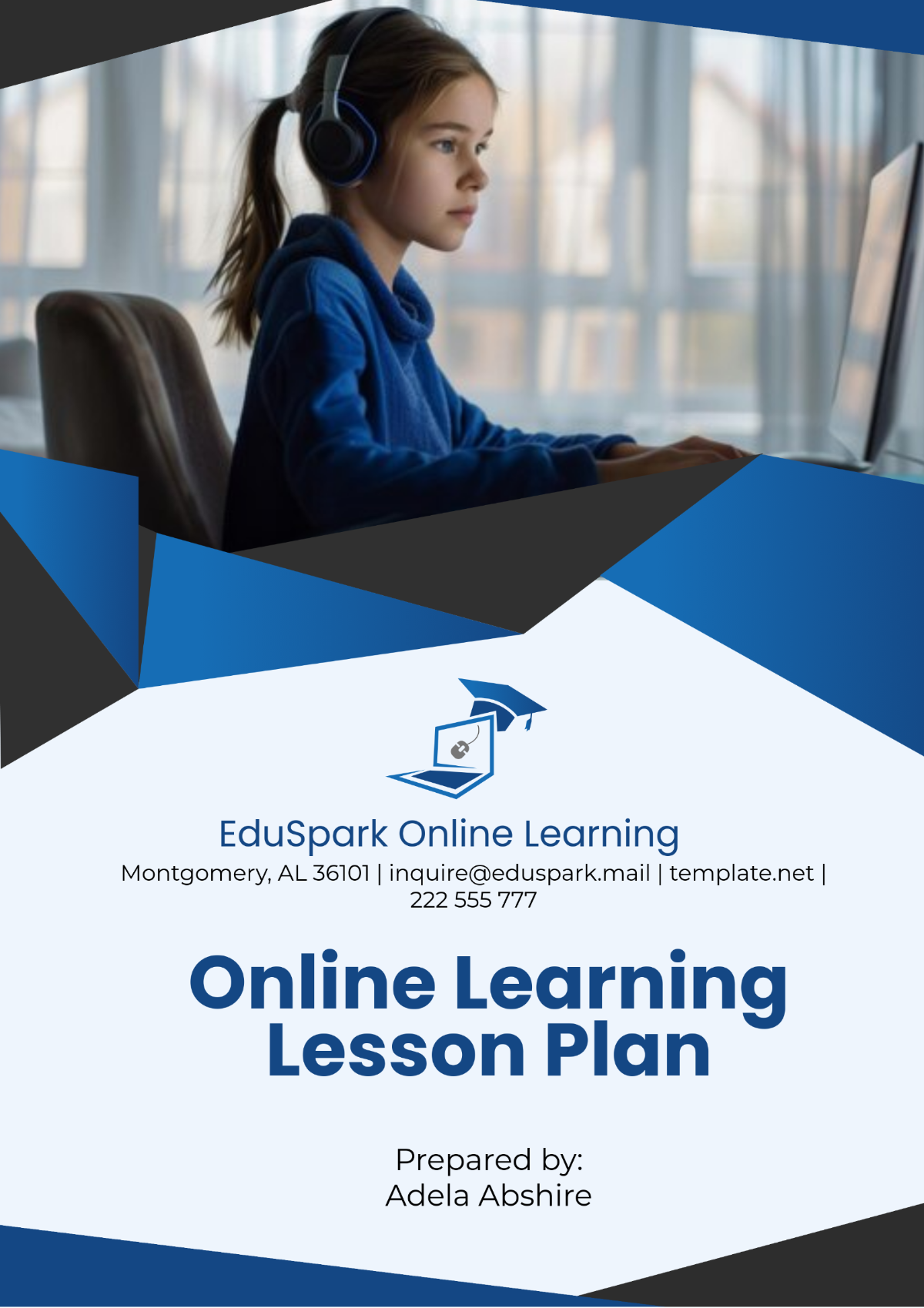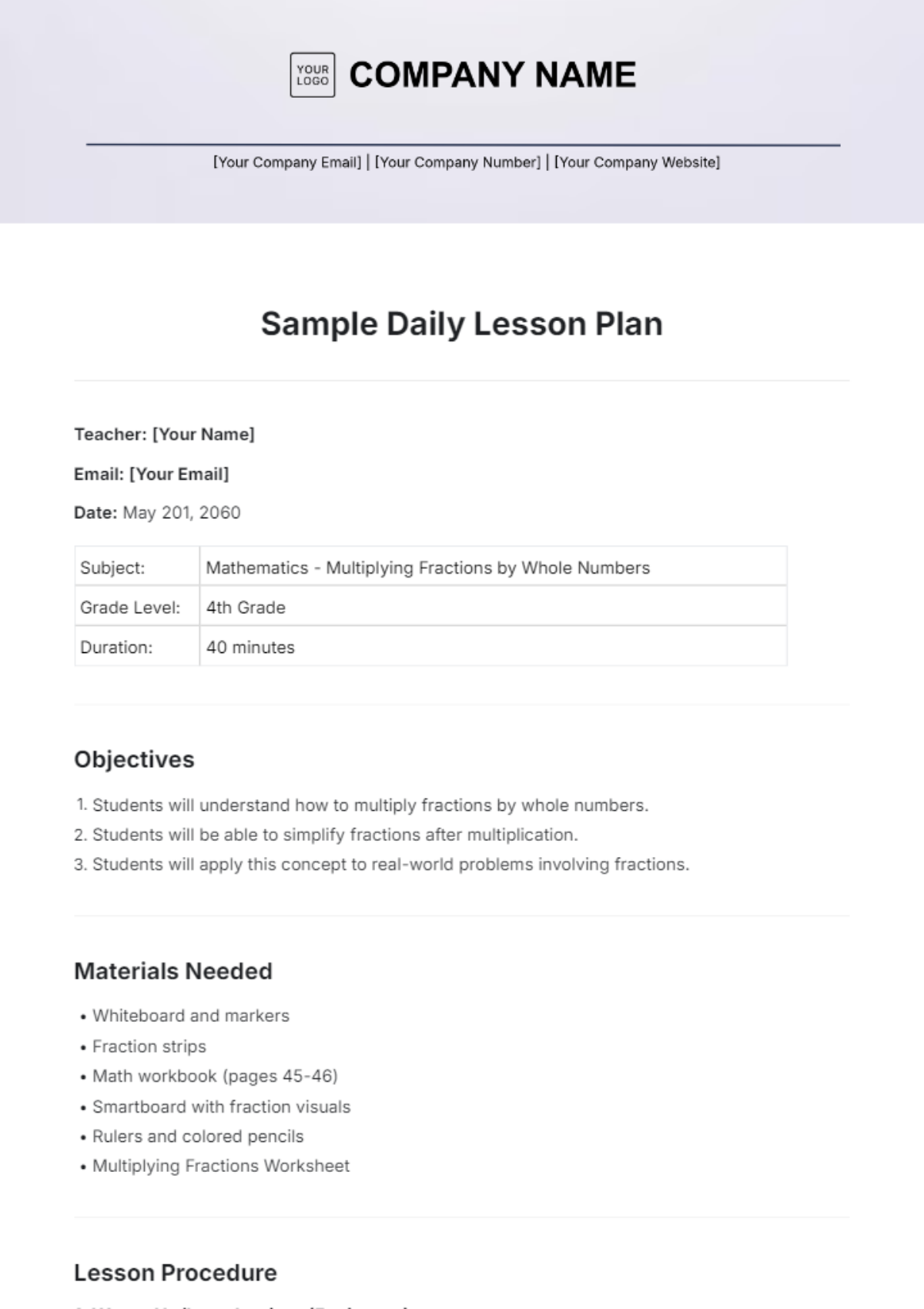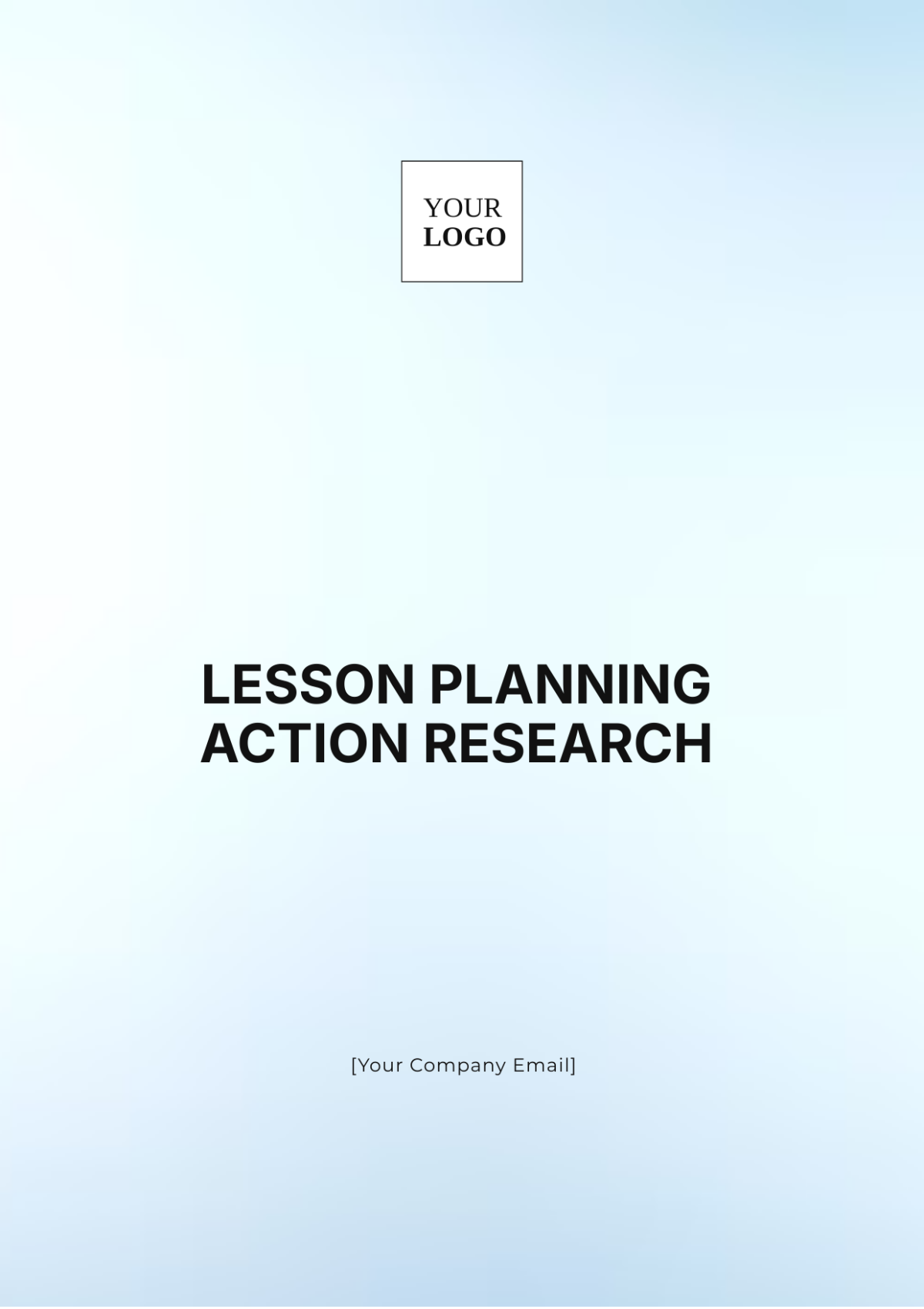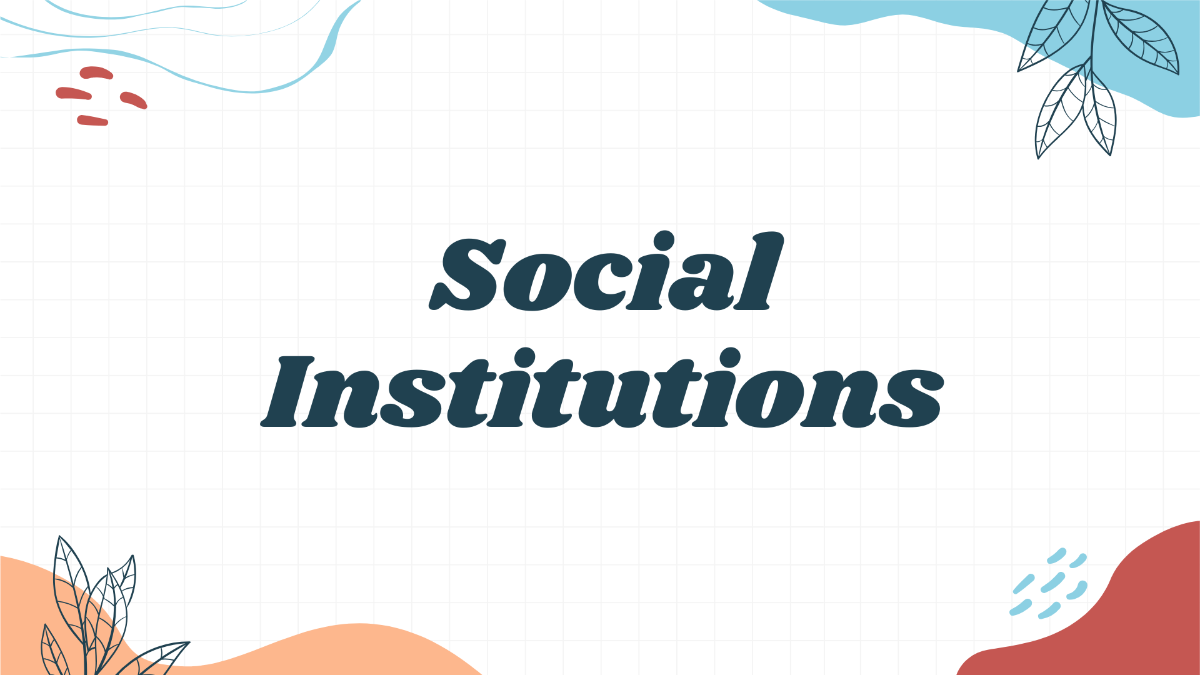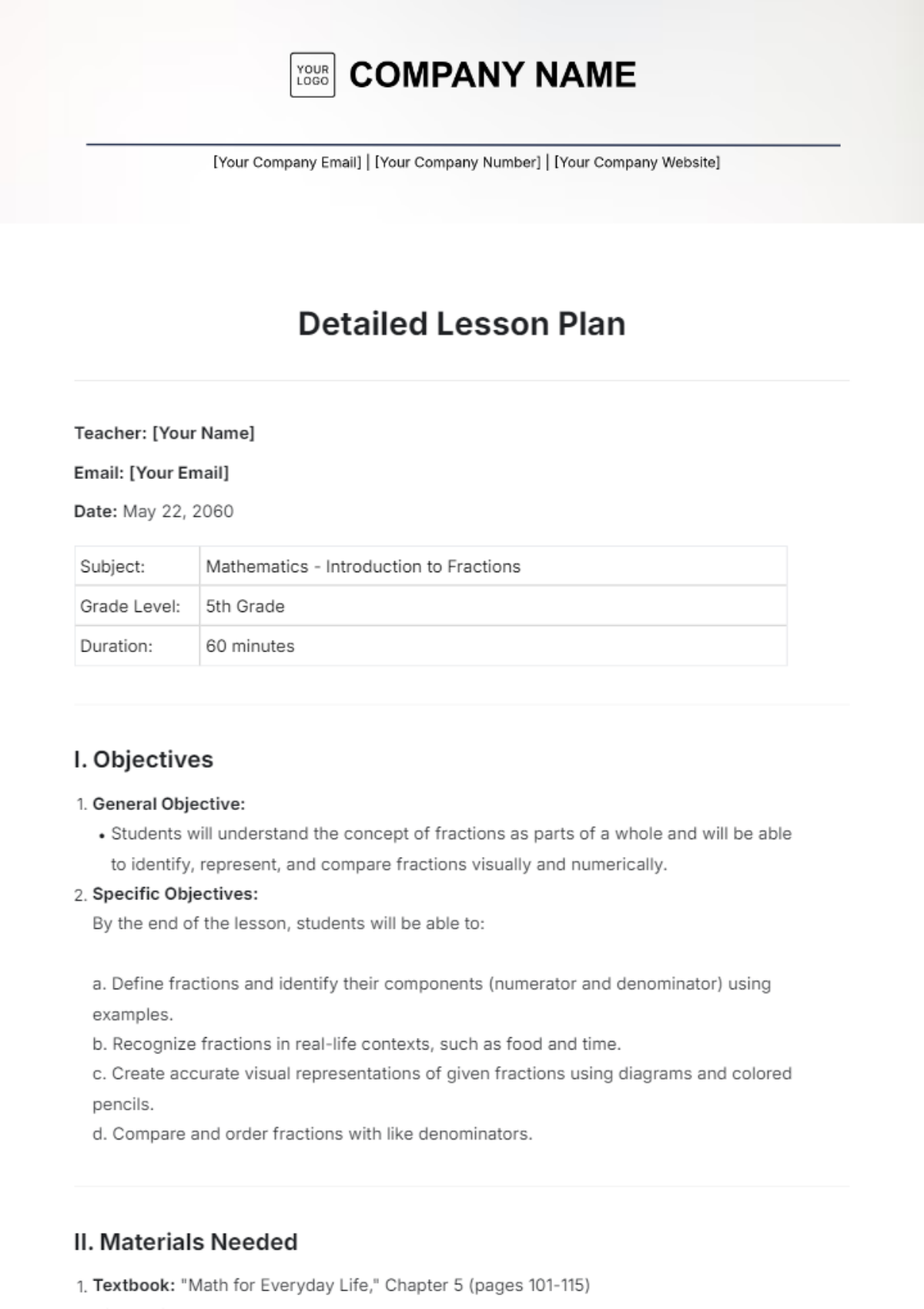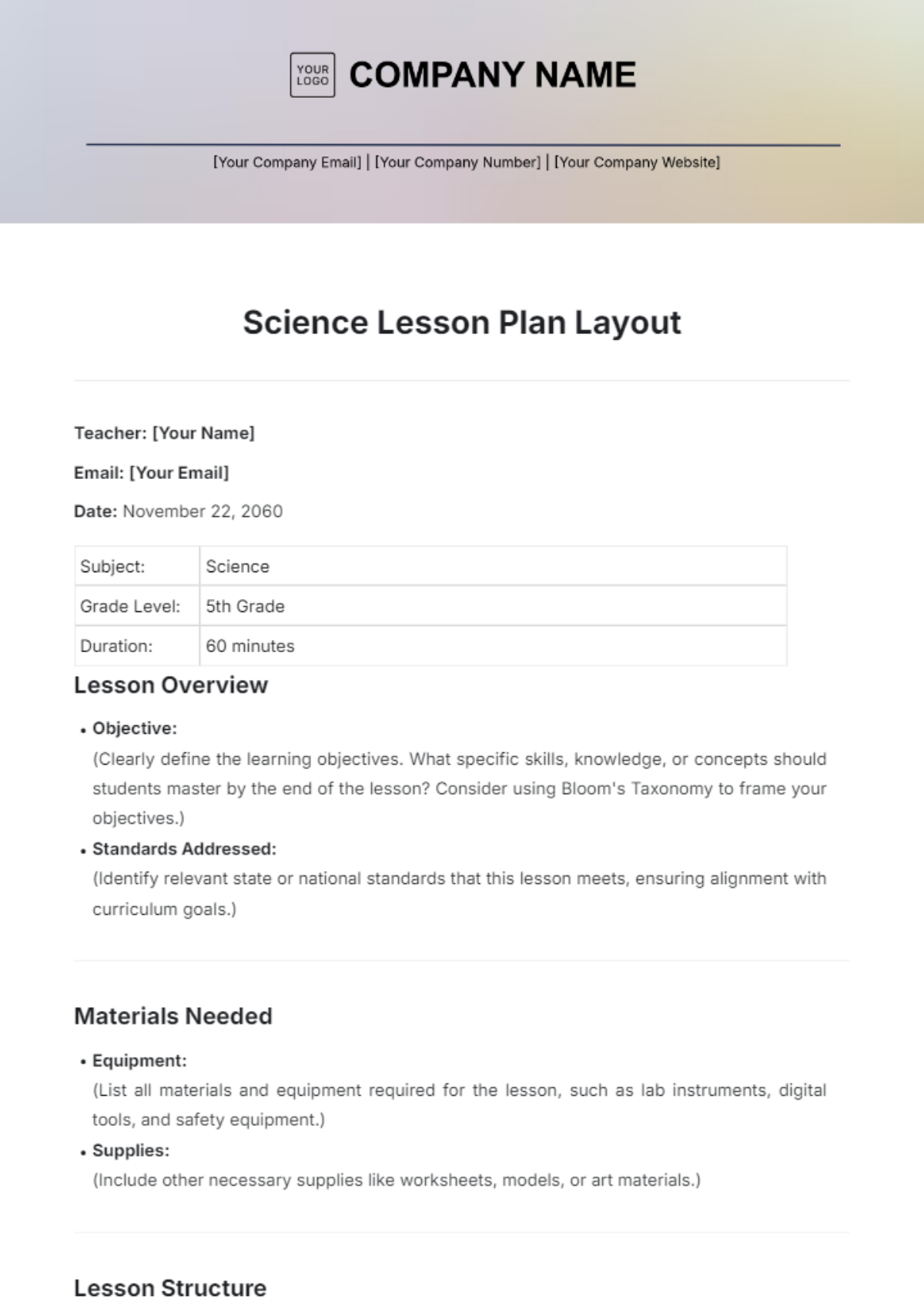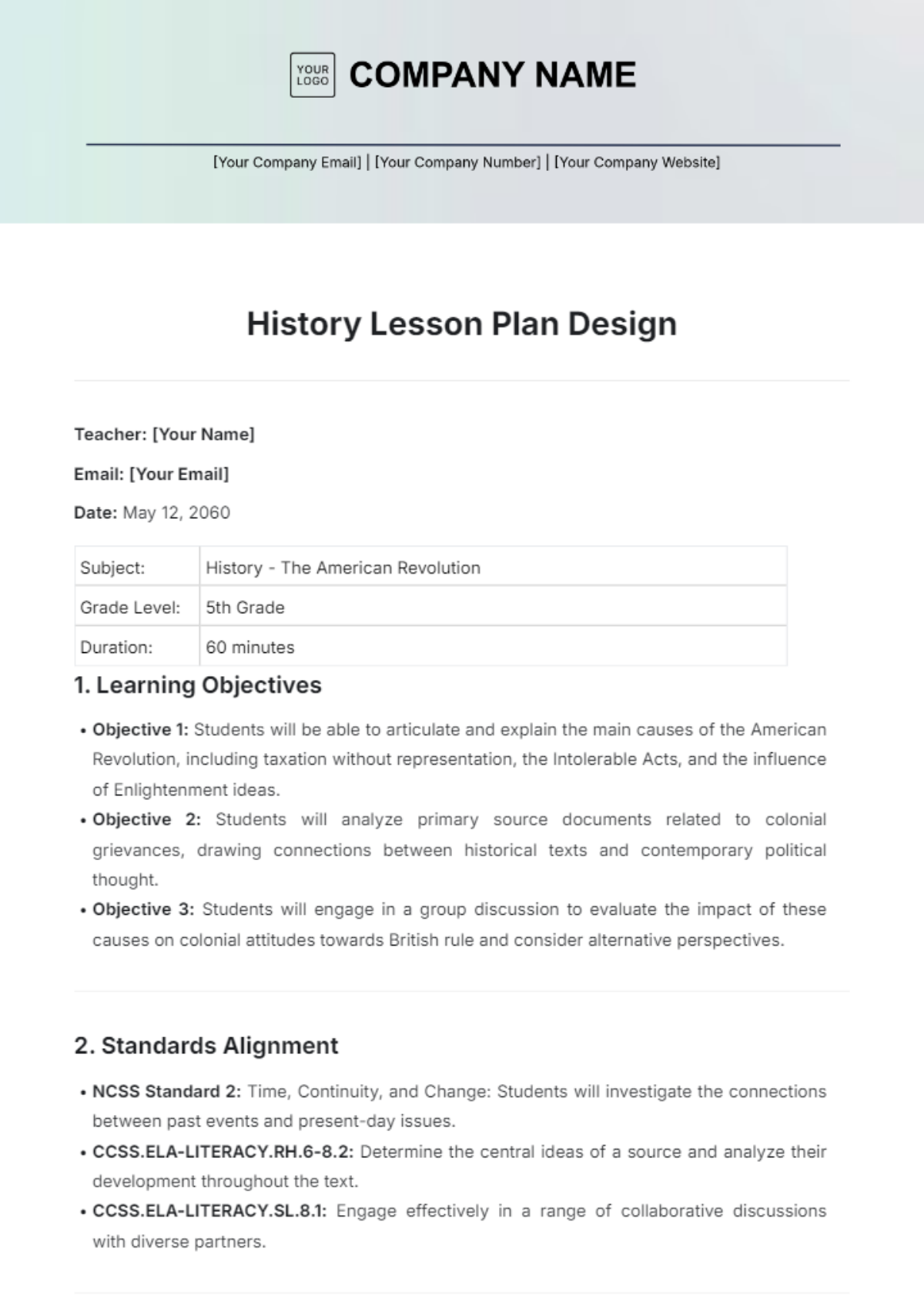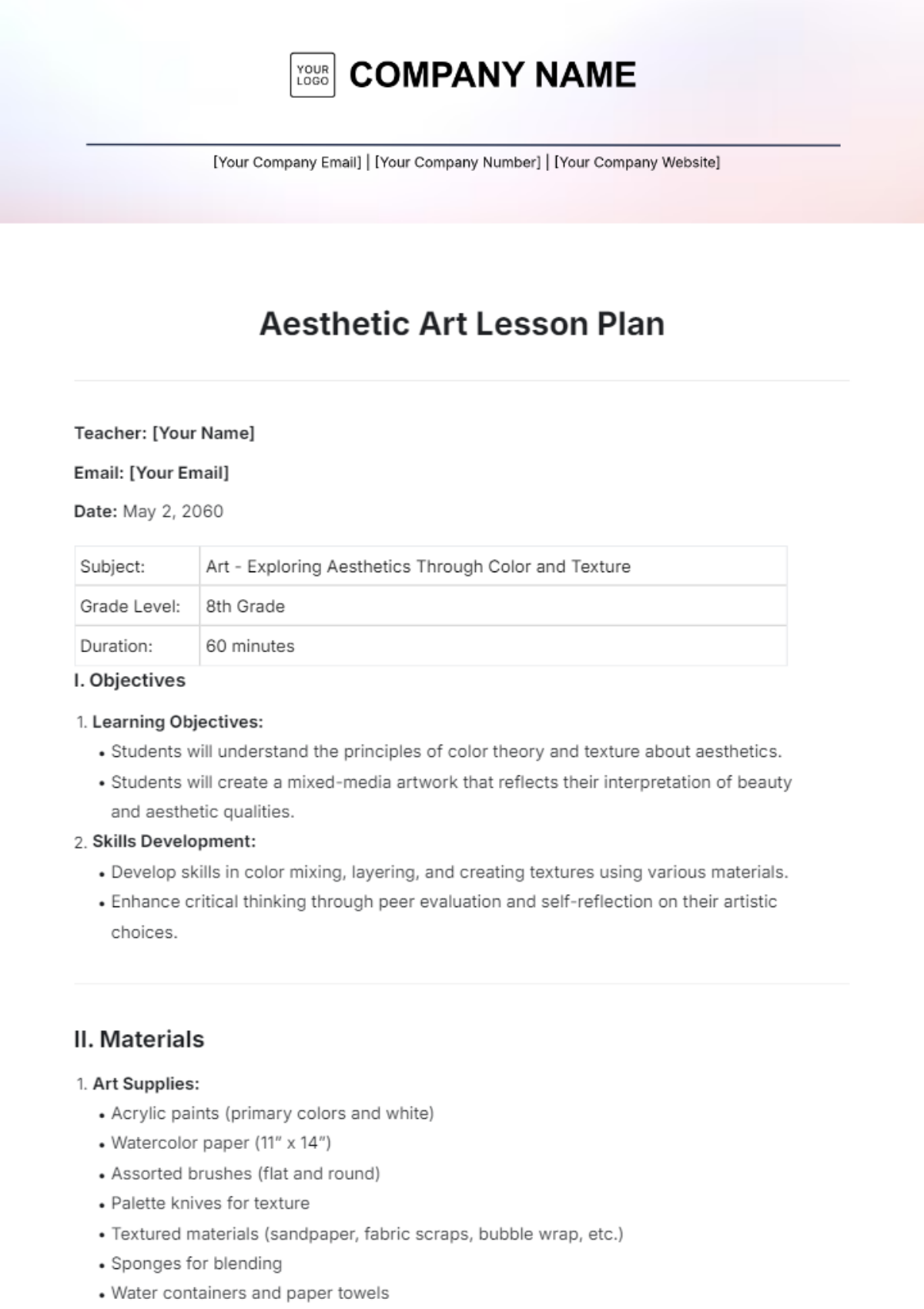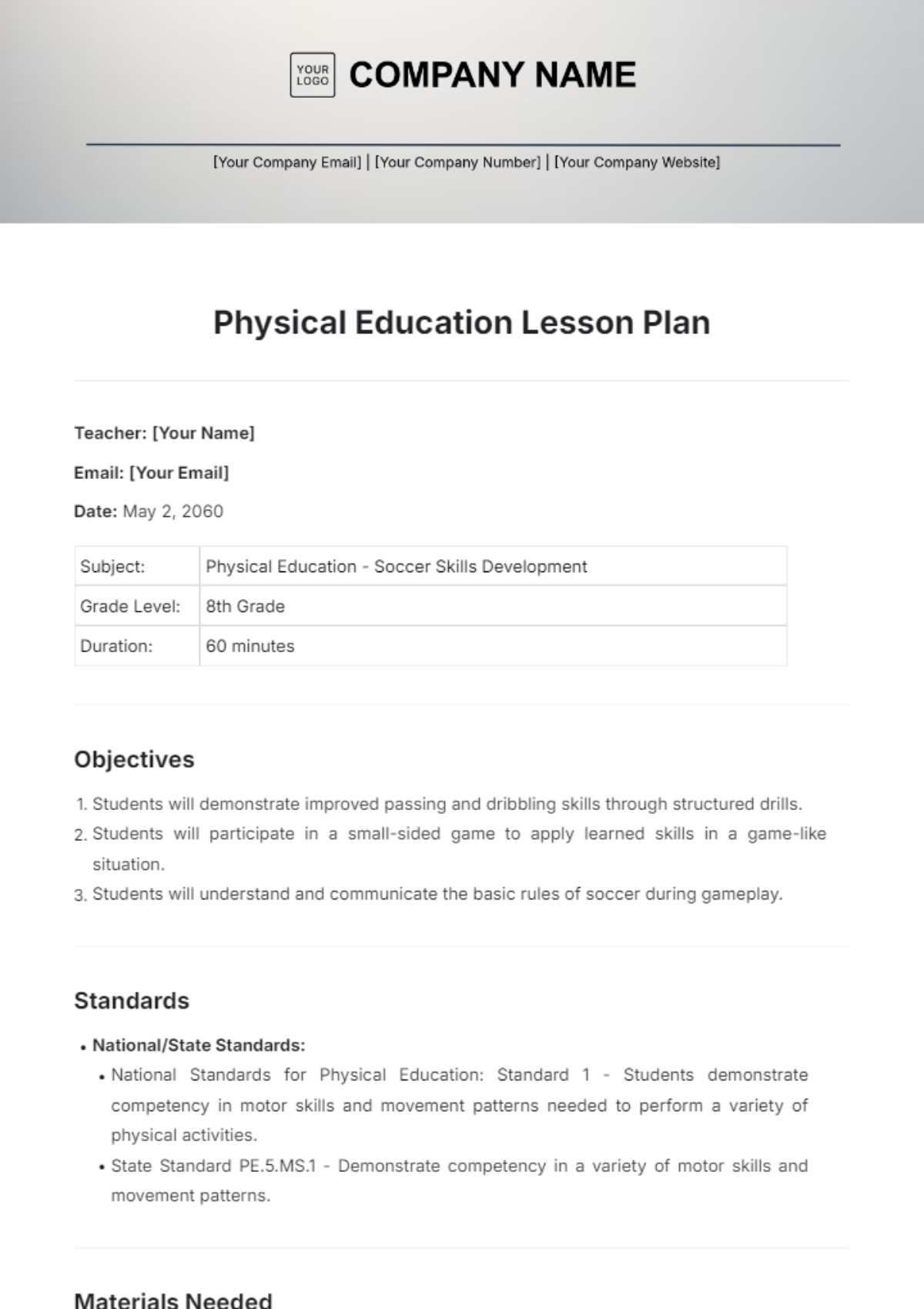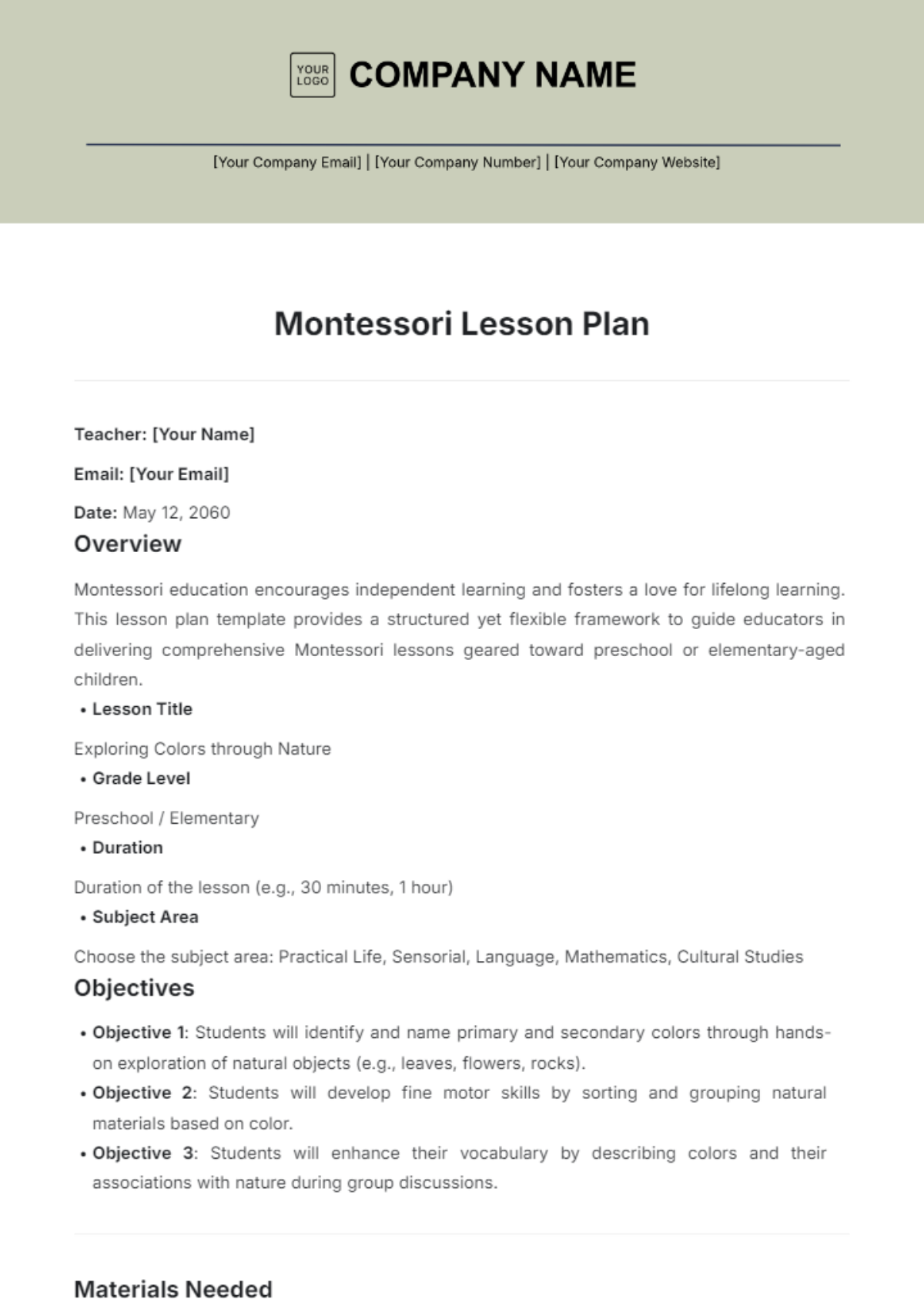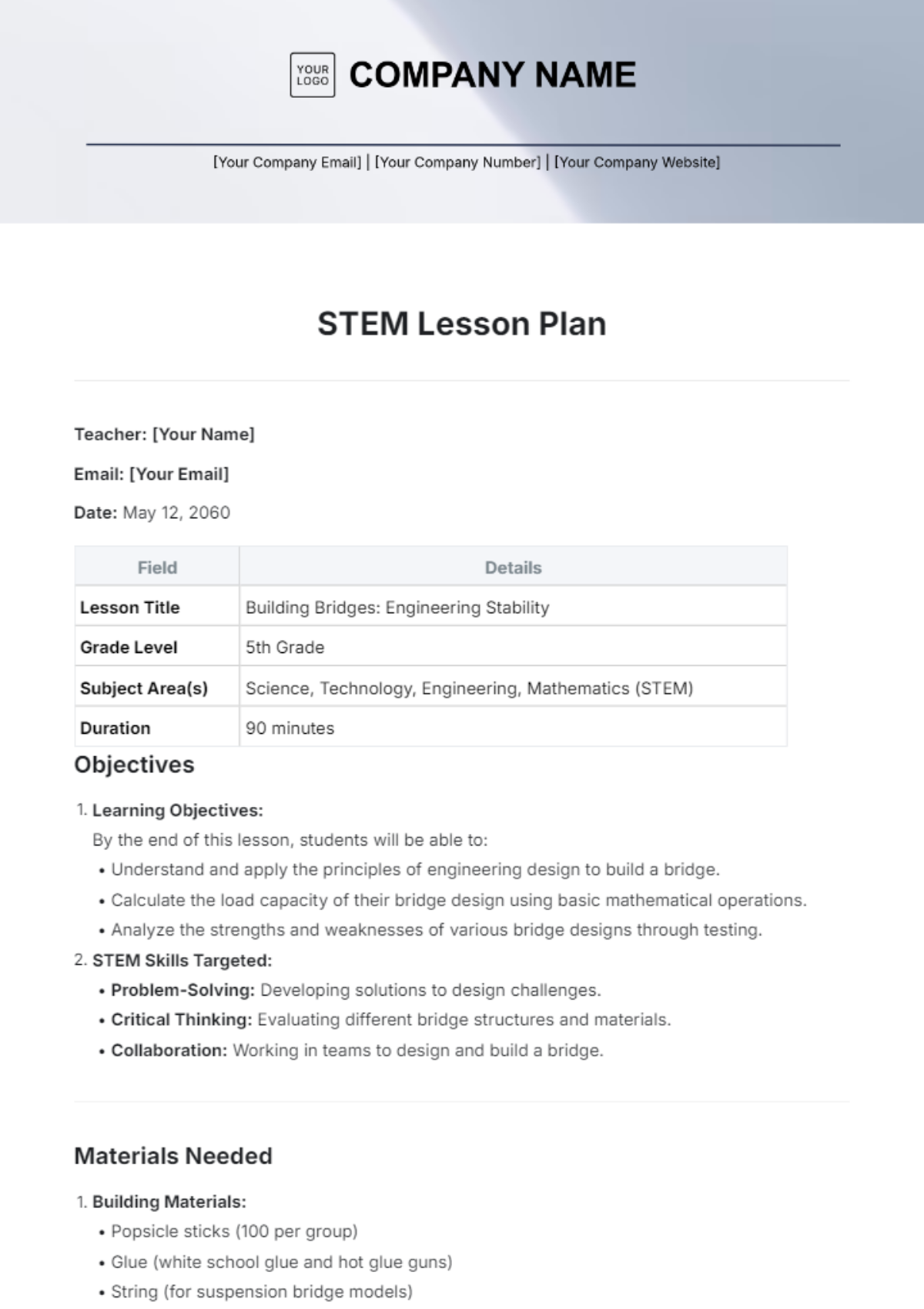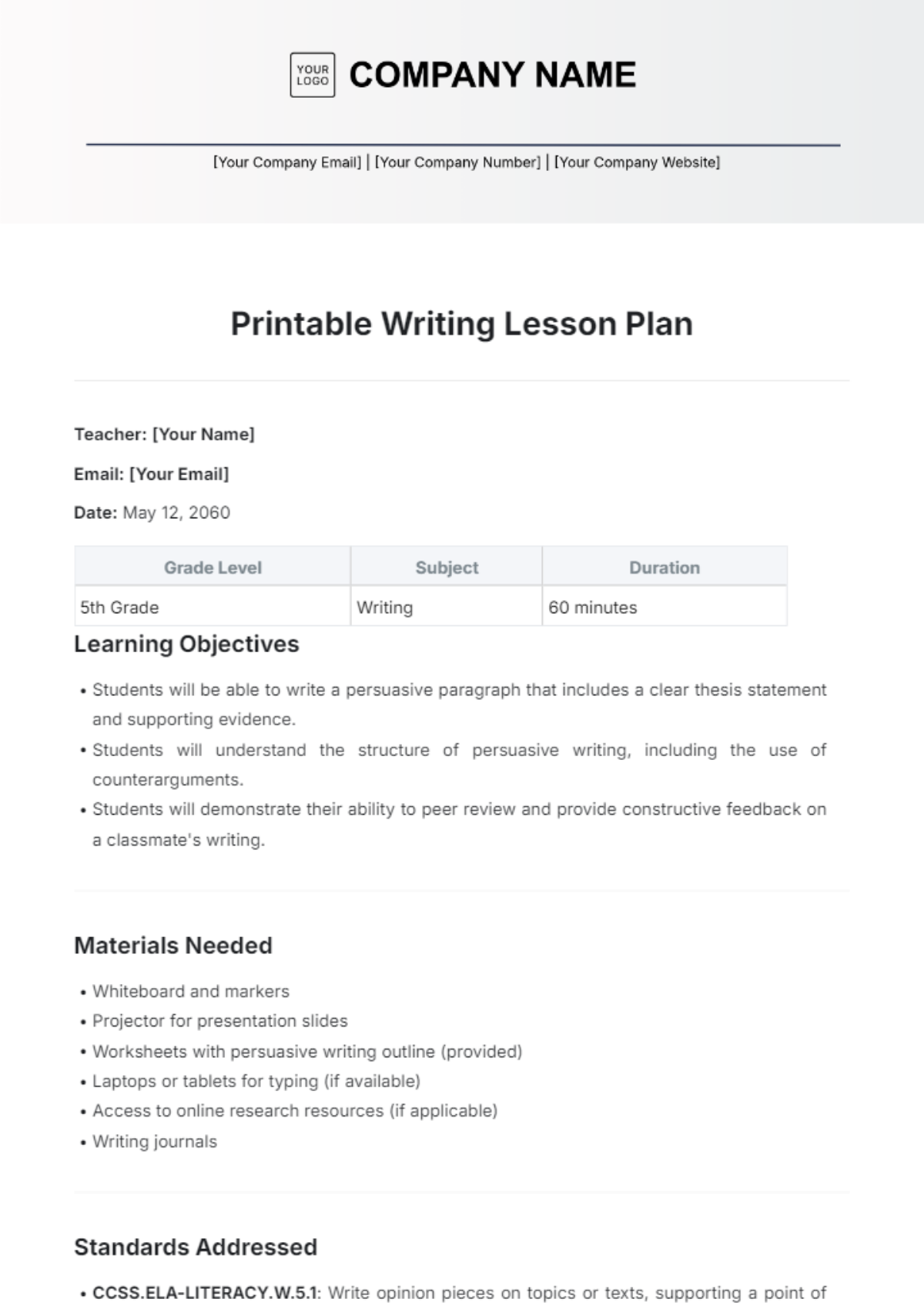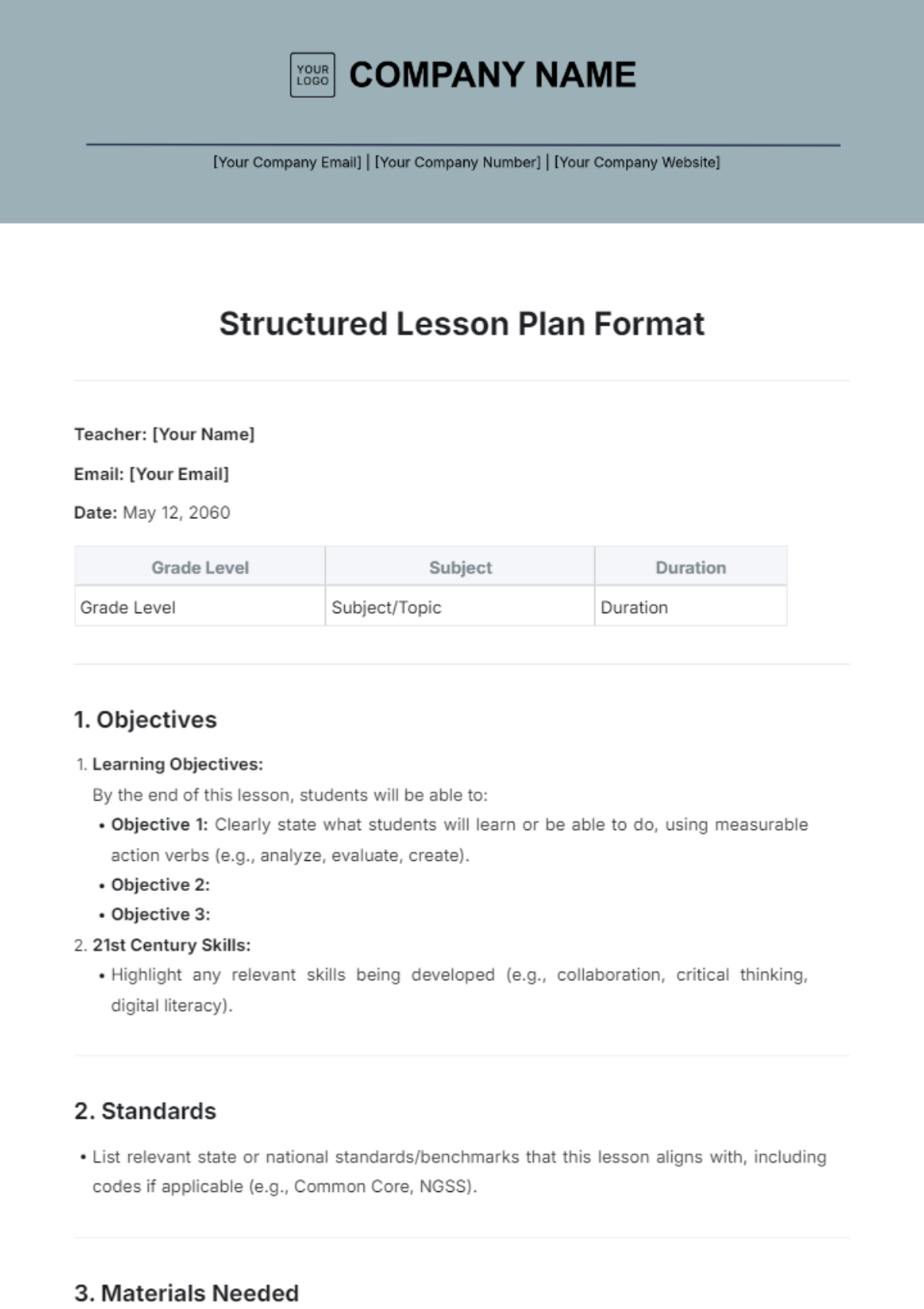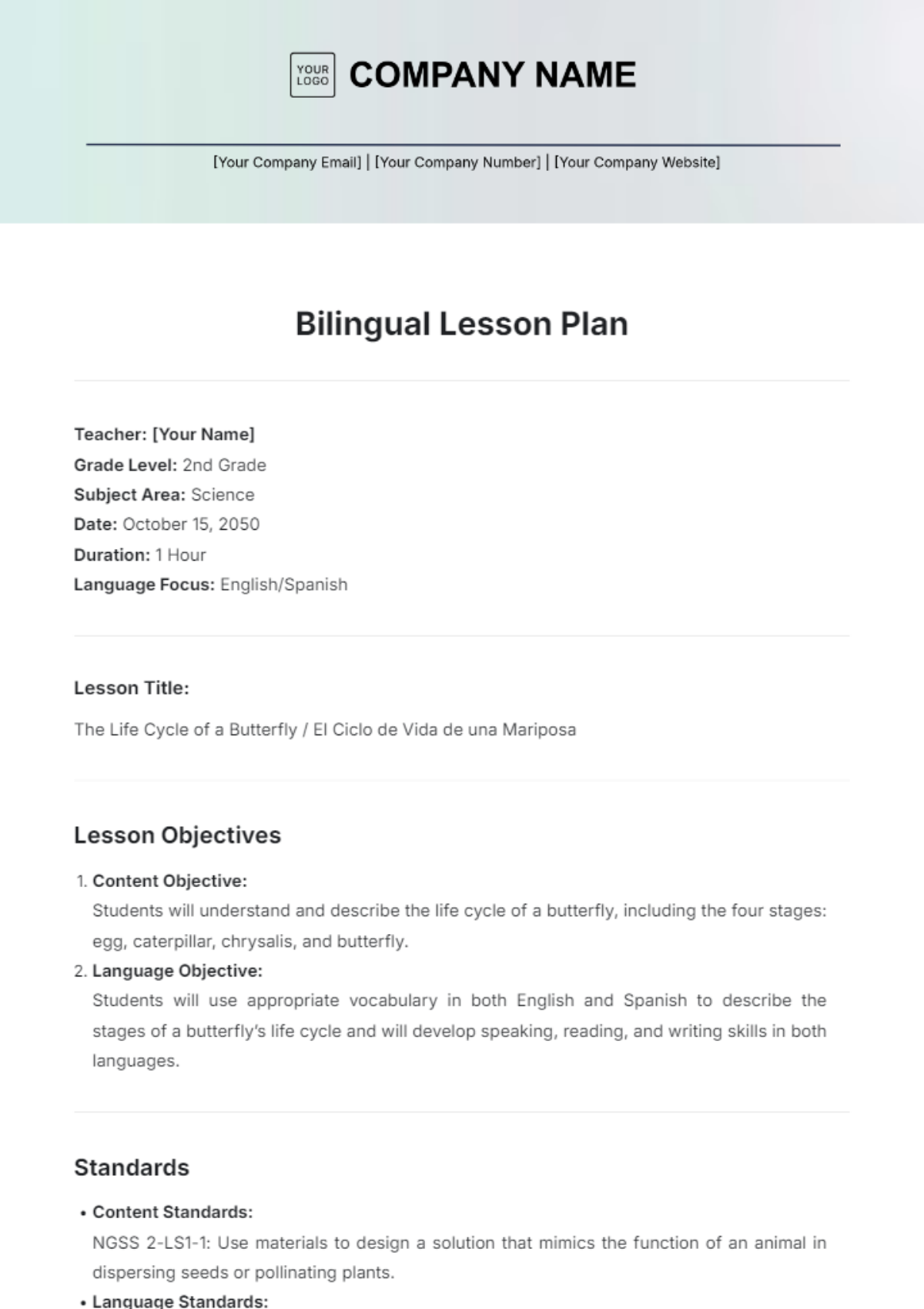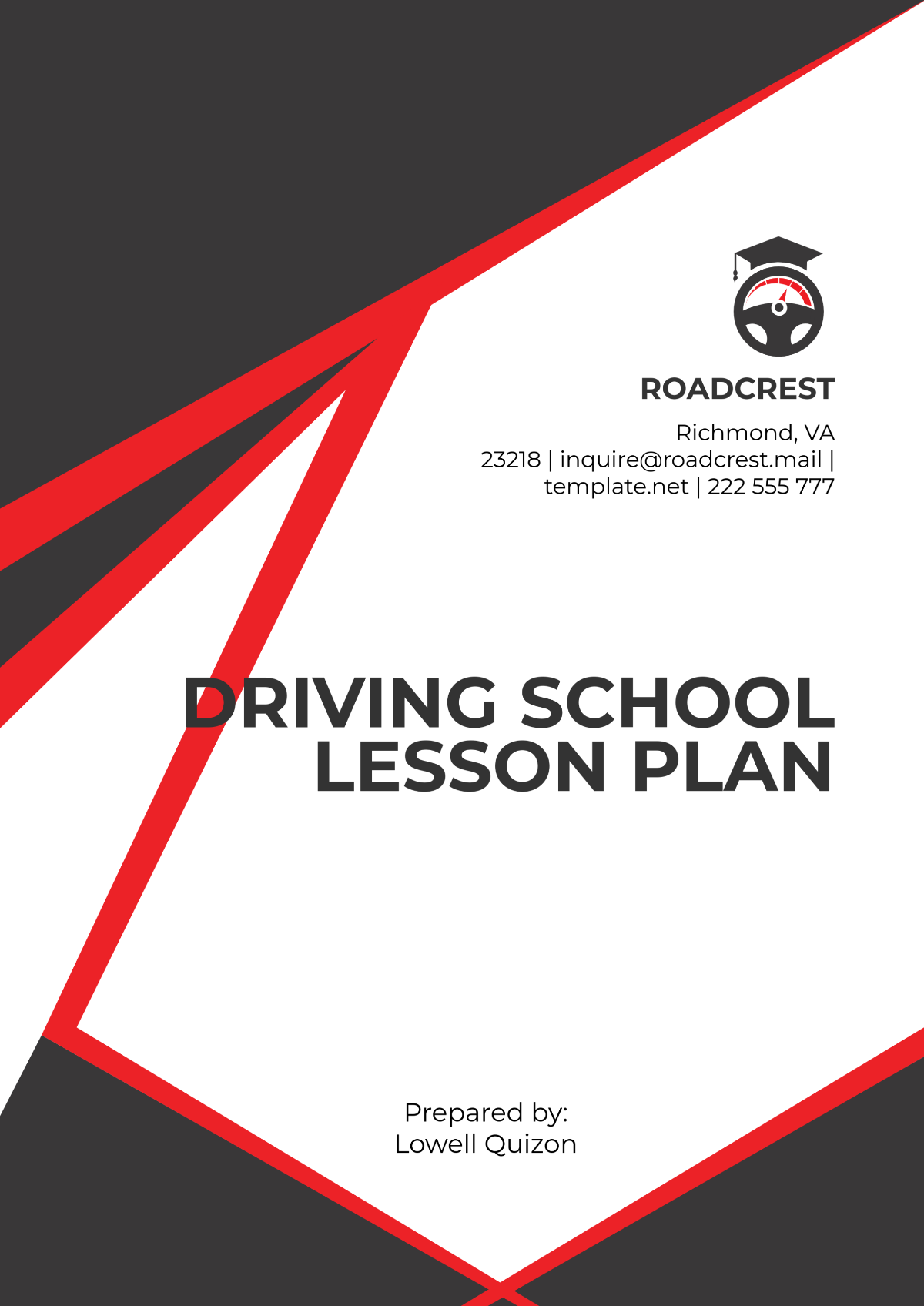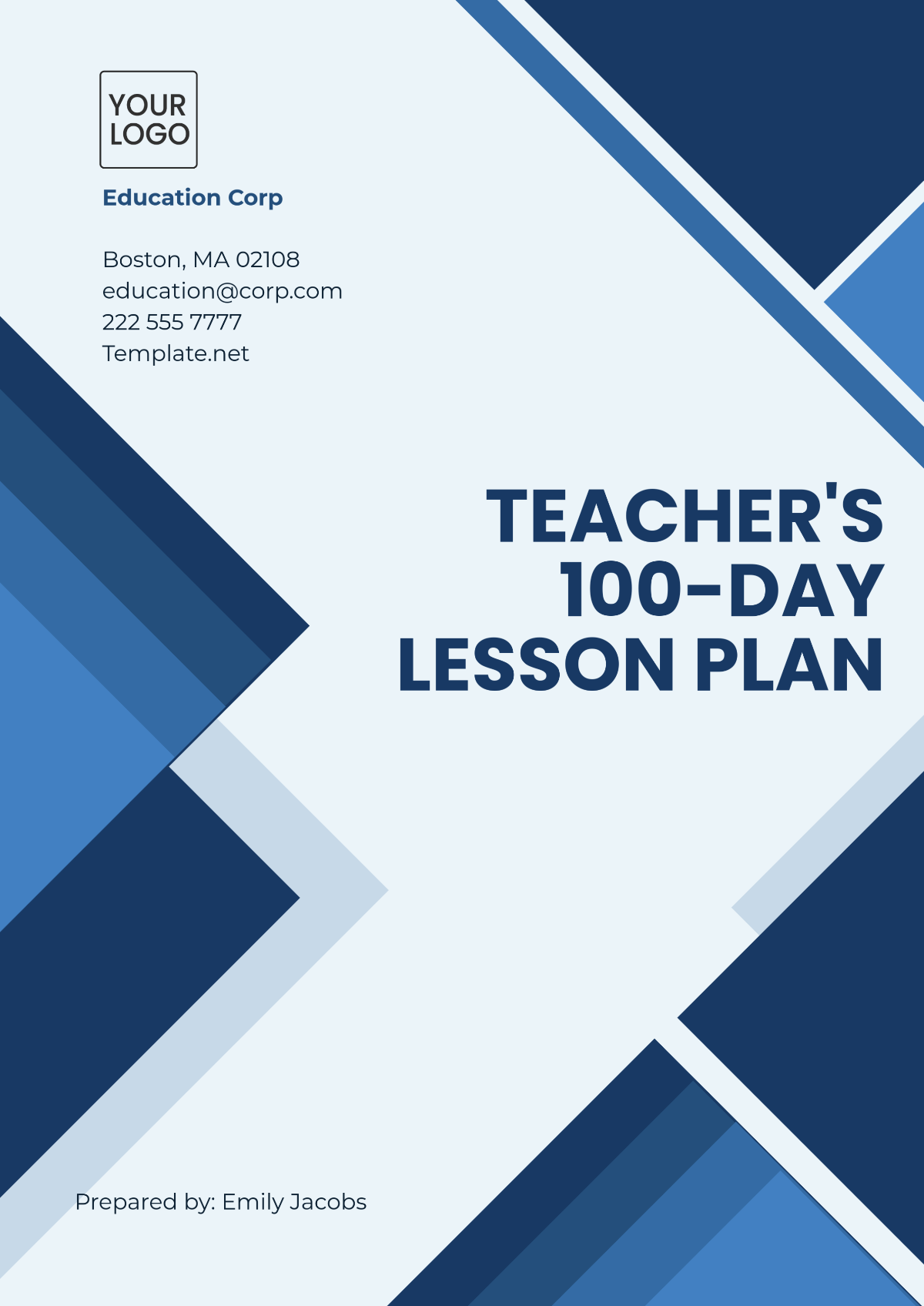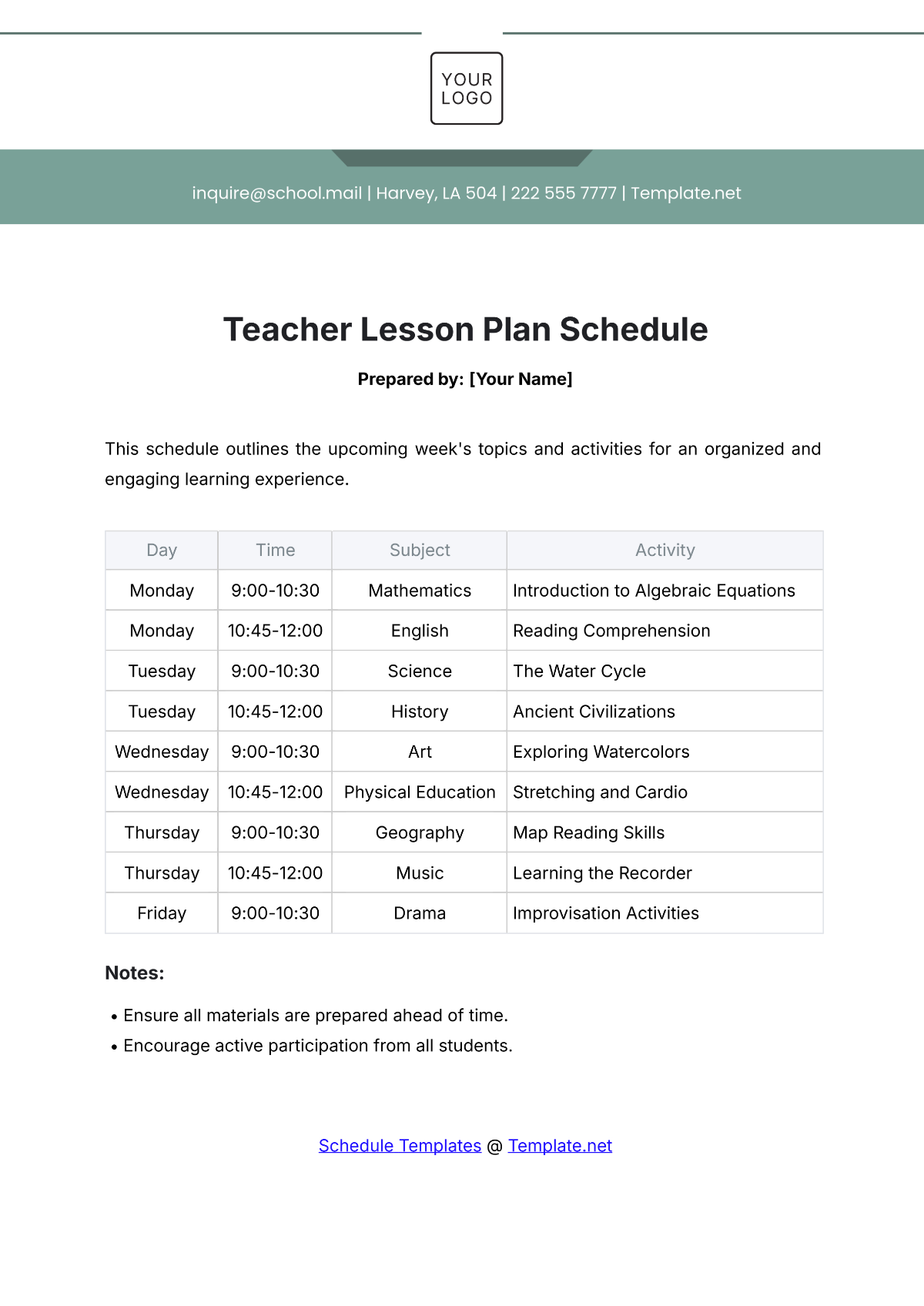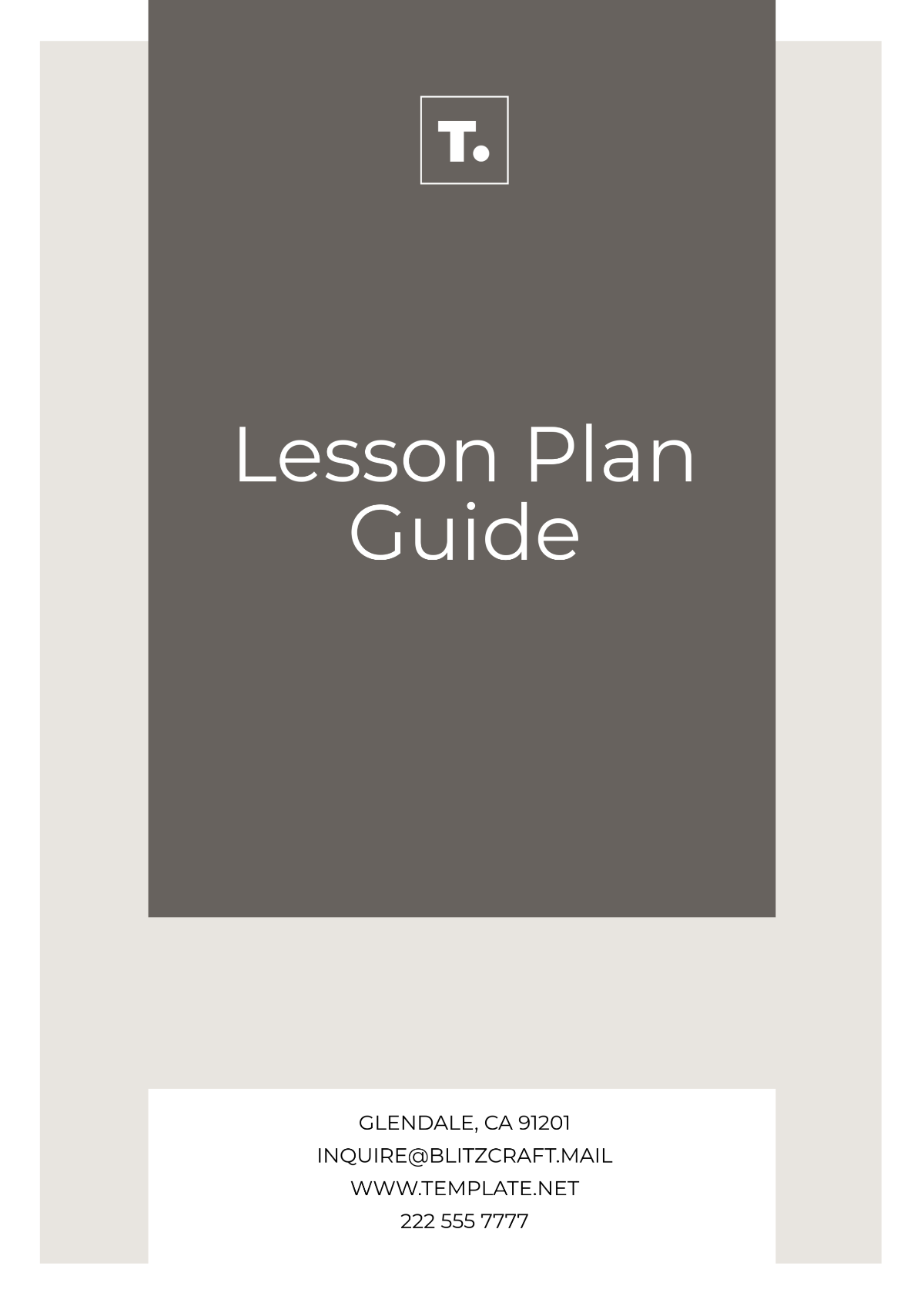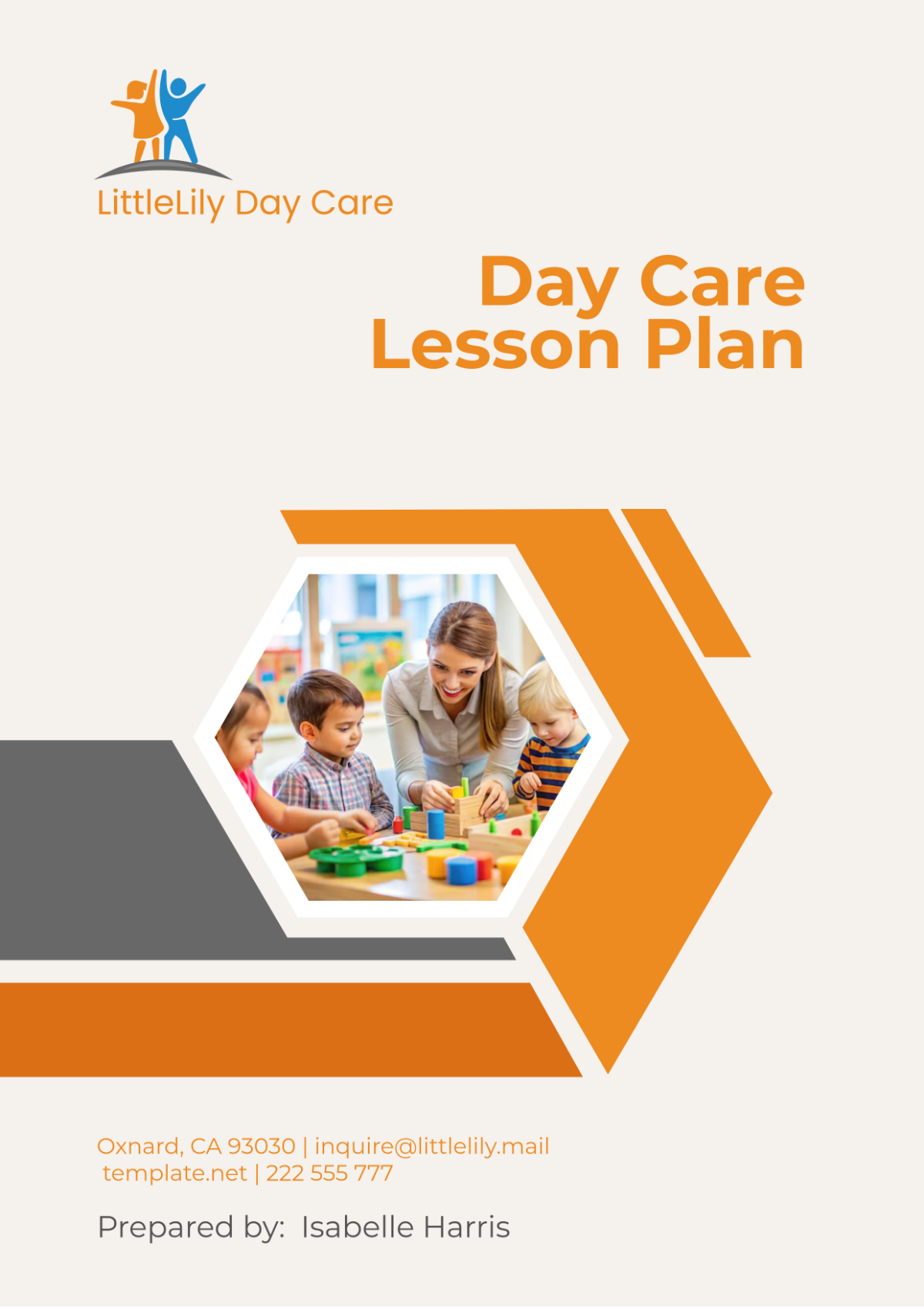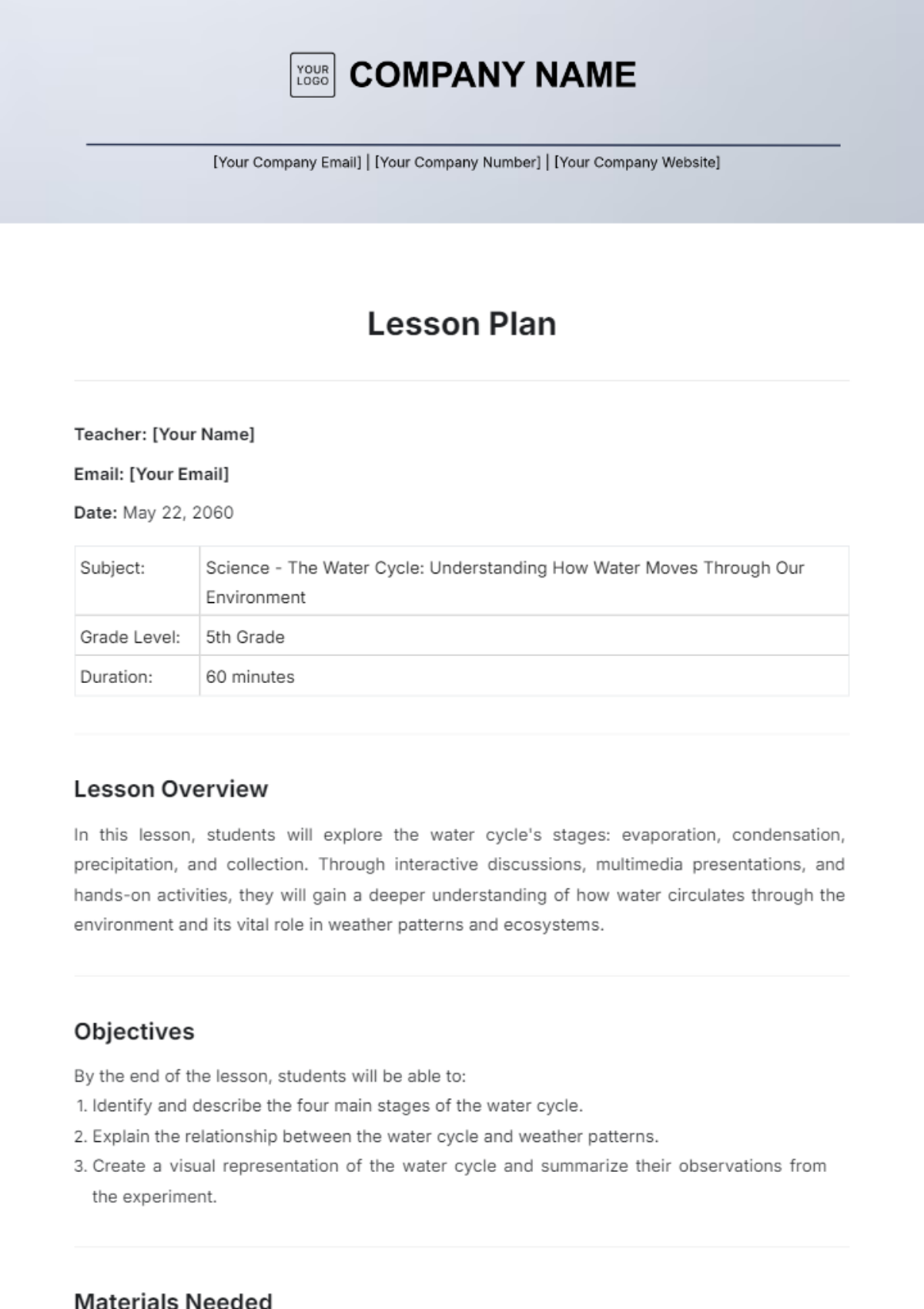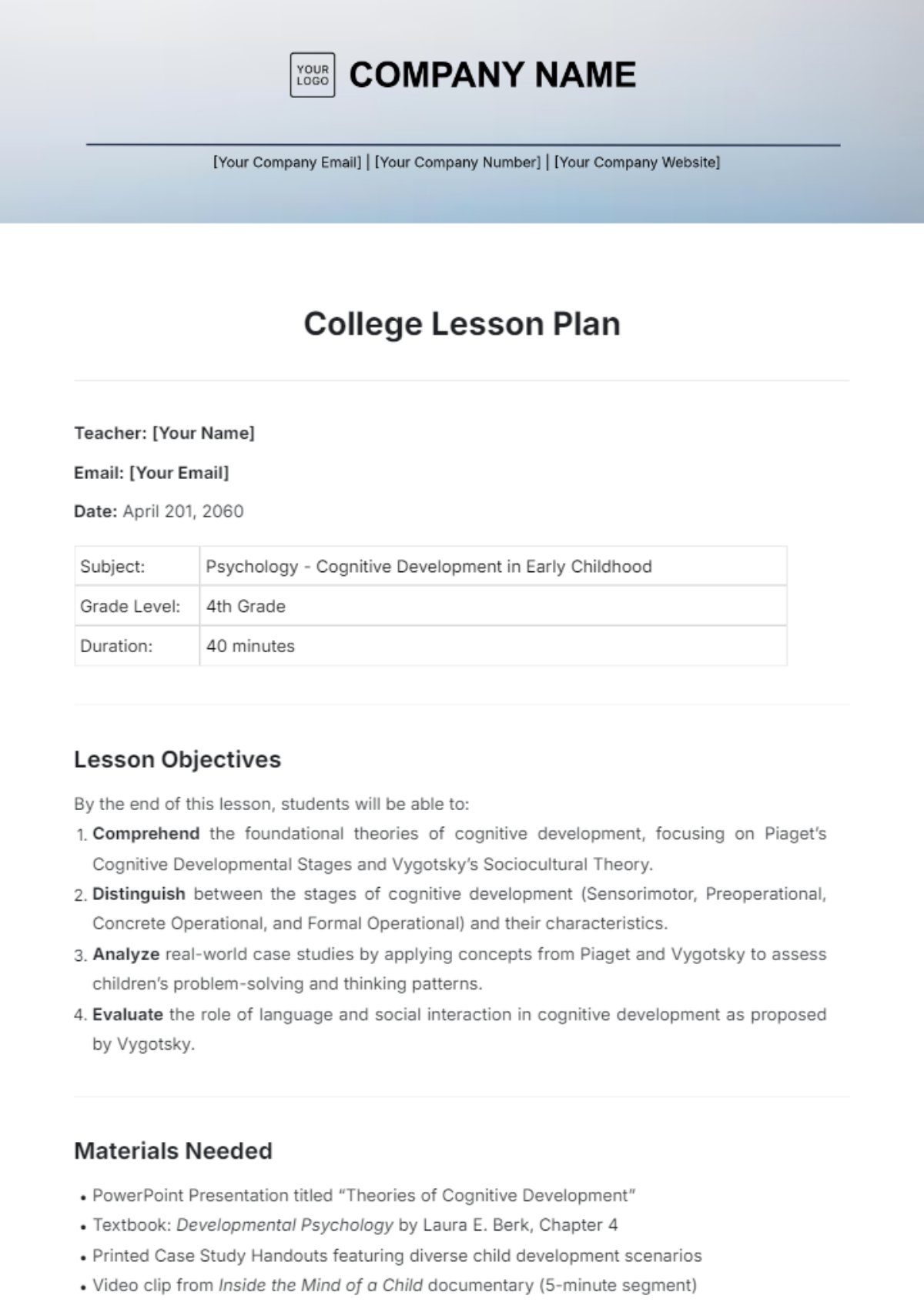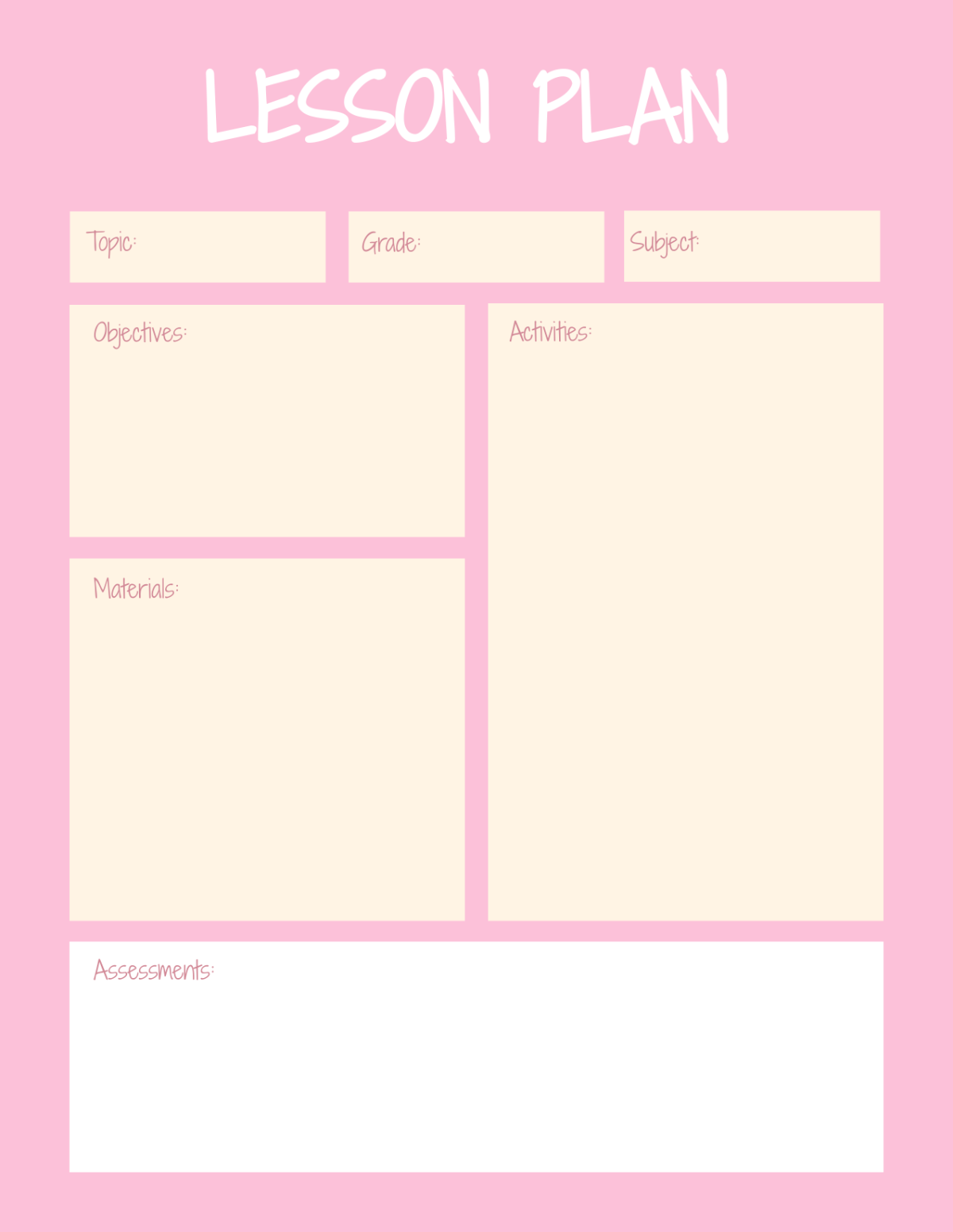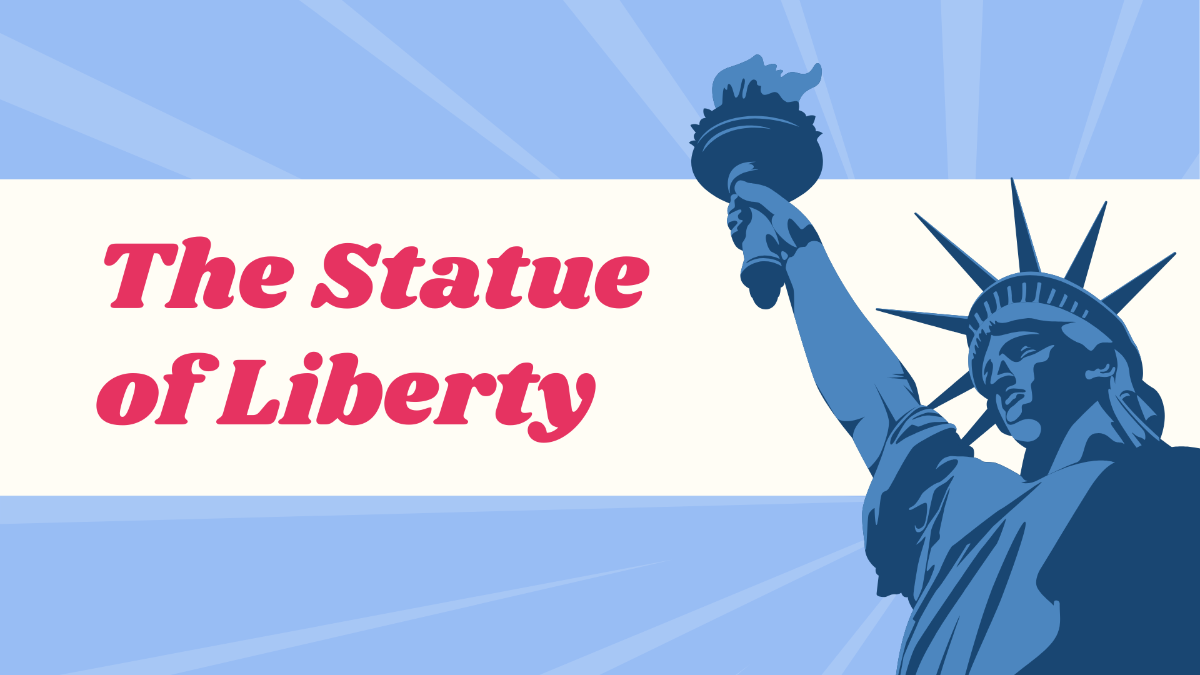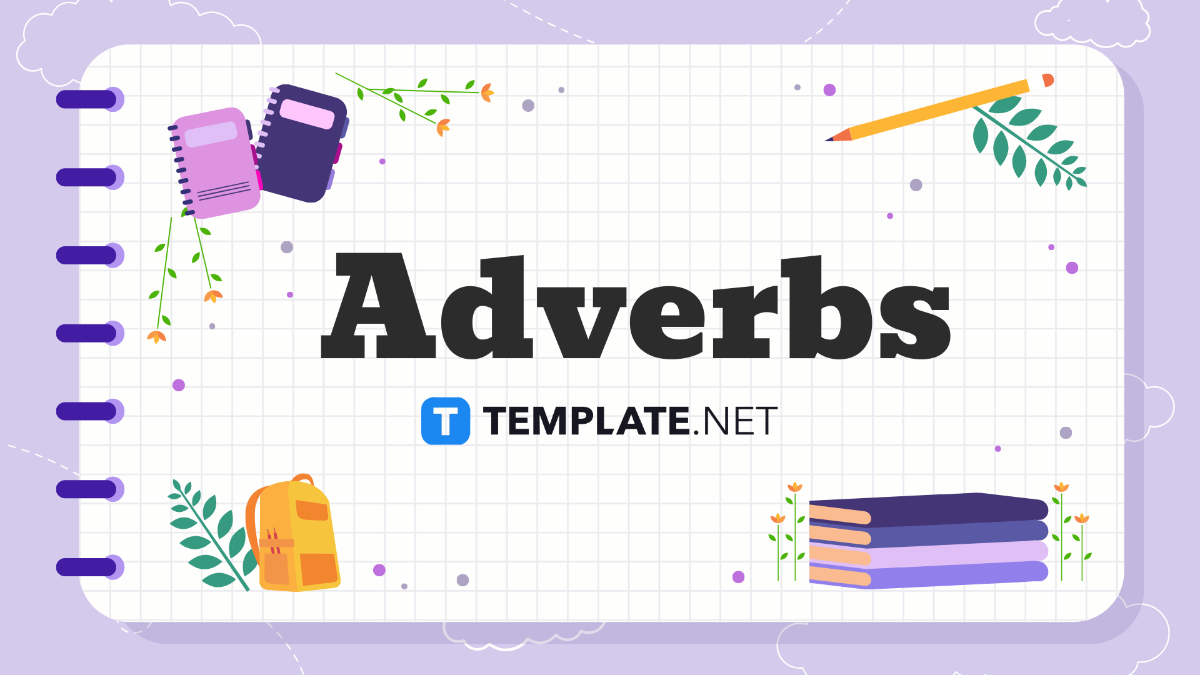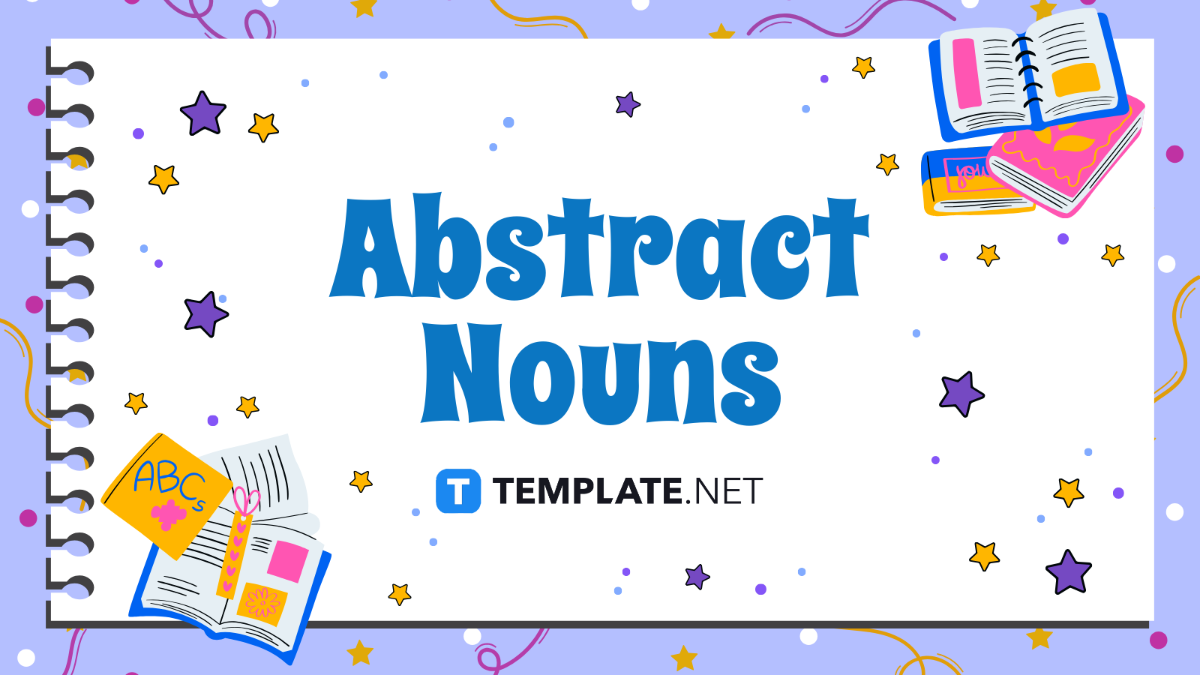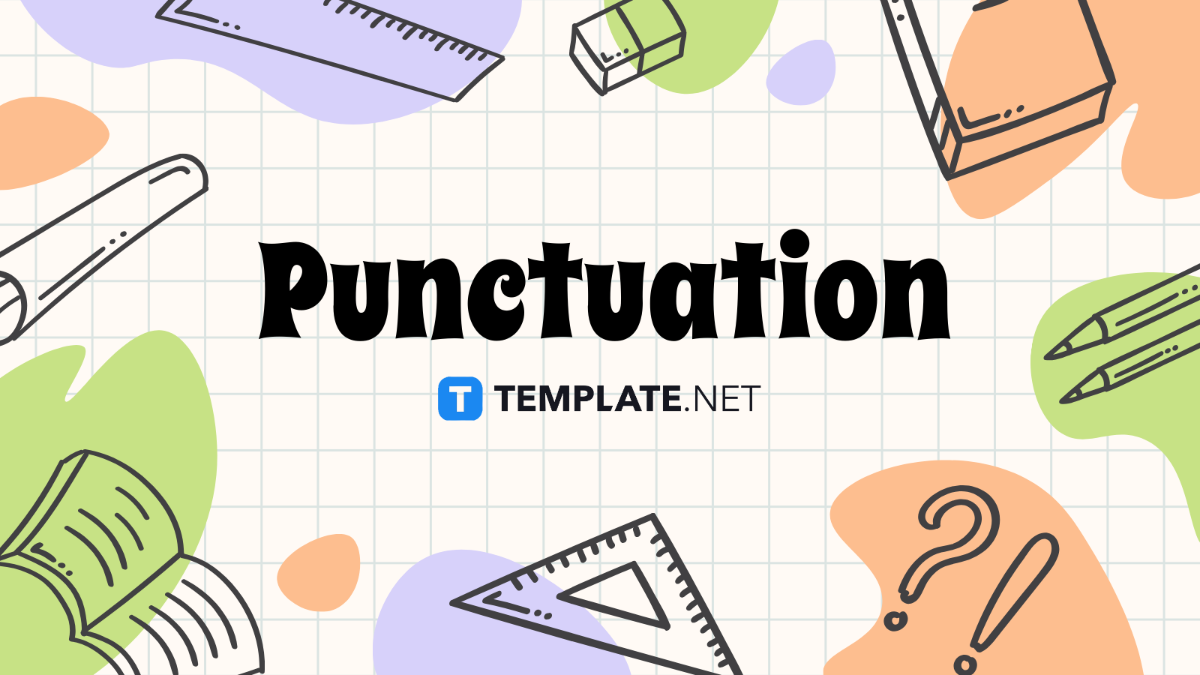Free Daily Lesson Plan Template
DAILY LESSON PLAN
I. Lesson Information
Professor: [Your Name]
Course: United States History
Grade Level: 11th Grade
Date: May 27, 2024
Duration: 75 minutes
II. Lesson Overview
A. Context of the Civil Rights Movement
Introduction to the historical context of the Civil Rights Movement, spanning from the Reconstruction era to the mid-20th century.
Discussion on key events such as Reconstruction, Jim Crow laws, and the Great Migration, which laid the foundation for civil rights activism.
Analysis of social, economic, and political factors contributing to the rise of the Civil Rights Movement, including the influence of World War II and the Cold War.
B. Major Figures and Organizations
Exploration of prominent figures such as Martin Luther King Jr., Rosa Parks, Malcolm X, and Thurgood Marshall.
Examination of influential organizations like the National Association for the Advancement of Colored People (NAACP), the Southern Christian Leadership Conference (SCLC), and the Student Nonviolent Coordinating Committee (SNCC).
Discussion on the diverse strategies and tactics employed by civil rights leaders and organizations, including nonviolent protest, legal challenges, and grassroots organizing.
C. Impact and Legacy
Evaluation of the impact of the Civil Rights Movement on American society, including changes in laws, attitudes, and opportunities for African Americans and other marginalized groups.
Examination of legislative achievements such as the Civil Rights Act of 1964 and the Voting Rights Act of 1965, and their implications for civil rights and social justice.
Reflection on the ongoing struggle for racial equality and justice in contemporary America, considering issues such as police brutality, systemic racism, and voter suppression.
III. Learning Outcomes
Students will demonstrate an understanding of the historical context of the Civil Rights Movement, including its causes and consequences.
Students will identify key figures and organizations associated with the Civil Rights Movement and explain their significance.
Students will analyze the impact of the Civil Rights Movement on American society and evaluate its ongoing relevance.
B. Psychomotor Domain
Students will engage in group discussions and debates on relevant topics, demonstrating effective communication and critical thinking skills.
Students will create visual presentations, such as posters or slideshows, highlighting significant events or individuals from the Civil Rights Movement, showcasing their creativity and research skills.
C. Affective Domain
Students will develop empathy and perspective-taking skills through the study of civil rights struggles, fostering a deeper understanding of historical injustices and their implications.
Students will express appreciation for the sacrifices made by civil rights activists in their pursuit of equality, cultivating a sense of civic responsibility and activism.
IV. Materials Required
Excerpts from "The Autobiography of Malcolm X" by Malcolm X and Alex Haley
Primary source documents related to key events in the Civil Rights Movement, such as speeches, letters, and newspaper articles
Secondary sources providing historical context and analysis, including scholarly articles and textbook chapters
B. Visual Aids
PowerPoint slides featuring photographs, political cartoons, and maps illustrating key events and themes of the Civil Rights Movement
Timeline of the Civil Rights Movement, displayed prominently in the classroom to provide a visual reference for students
C. Multimedia Resources
Documentary clips showcasing footage from civil rights protests, marches, and speeches, offer students a multimedia perspective on historical events
Audio recordings of speeches by civil rights leaders, allow students to hear firsthand accounts of the movement's key moments and messages
V. Lesson Structure
Time | Activity |
|---|---|
10 mins | Introduction to the Civil Rights Movement |
25 mins | Exploration of Major Figures and Organizations |
30 mins | Analysis of Impact and Legacy |
10 mins | Reflection and Discussion |
VI. Assessment
Essay prompt: Students will write a reflective essay discussing the significance of the Civil Rights Movement in shaping modern America, providing evidence from primary and secondary sources to support their arguments.
Group presentation: Students will collaborate in small groups to create and present visual timelines highlighting key events, figures, and organizations from the Civil Rights Movement, demonstrating their understanding and creativity.
VII. Reflection
The professor will reflect on student engagement and understanding throughout the lesson, noting areas of student interest and participation as well as any challenges encountered.
Consideration will be given to adjustments for future lessons based on student feedback and observations, with a focus on enhancing student learning and comprehension of the Civil Rights Movement.
